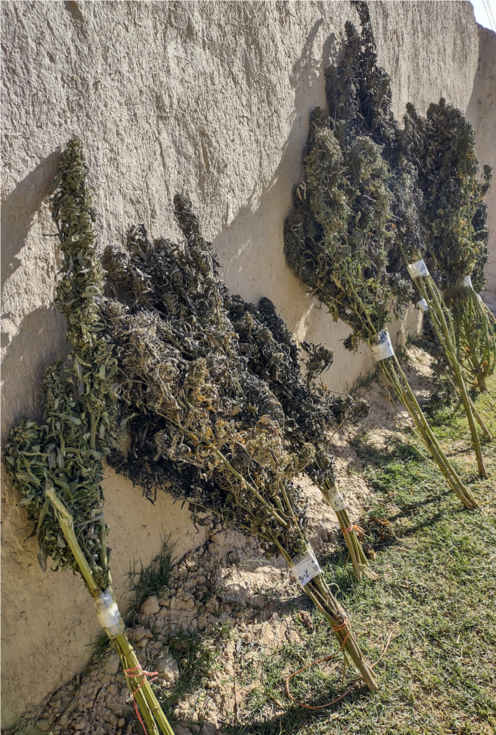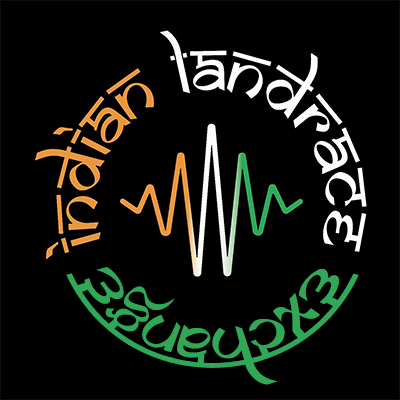
Are you over 21 years of age?

THE AFGHAN PROJECT was started in the month of May 2022 as the ploughing and the sowing began in afghanistan and lasted until the harvest, which was Nov 2022.
The larger goal of the project was to document the cannabis cultivation scene in Afghanistan post the Taliban takeover in 2021. However, we also covered some of the provinces we couldn’t document during the Durand line project 2020 and visited some farms from where our best selections had come.
This publication, along with the tour information of 2022, will also take you through the answers to some of the age old questions around the afghani landrace varieties and their sought after characteristics which have eluded us all. We take a deep dive into the terroir, domestication process, adaptations and much more in this book. We have all wondered at some point in time looking at the afghani landrace varieties “why all of the desirable features like – short flowering term, intense skunky aromas, short stature and high volumes of secondary metabolite production, only emanates from a certain part of the world. Now in order to understand that we need to take a step back from the garden and start from the terroir itself.
We have divided the Afghanistan’s terroir into 4 topographically different regions in order to track the development of primordial landrace populations of Hindu kush into the robust domesticated types seen today in almost all of Afghanistan.
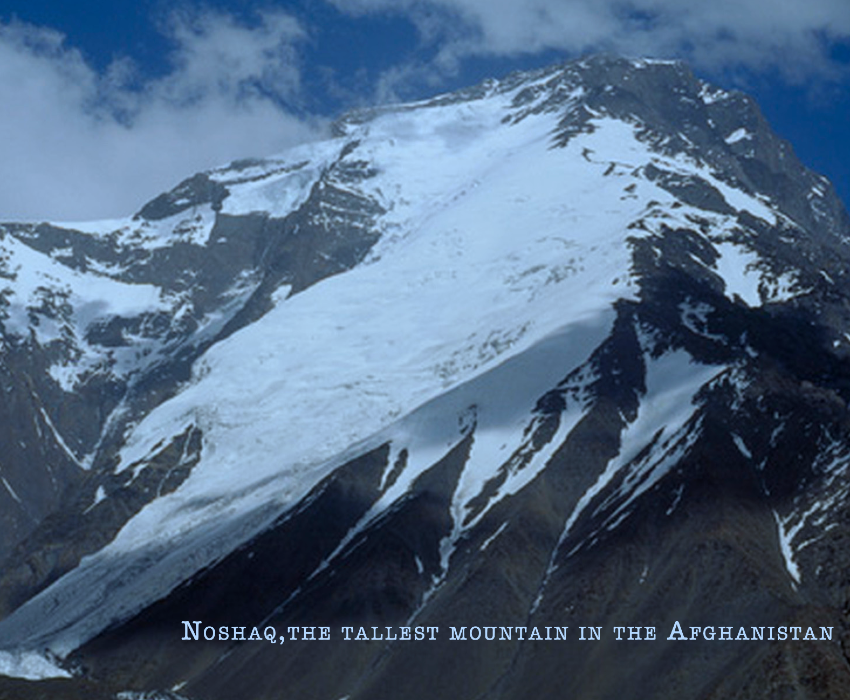
North-east and East of Afghanistan is completely situated inside the realms of hindu kush mountains and borders seamlessly to North and North-west of pakistan. The tallest hindu kush peak to be completely inside afghanistan “Noshaq” is also situated north east of afghanistan around 100 kms from chitral (northern pakistan) along with a cluster of various 6000+ meters peak as the hindu kush ranges enters afghanistan through the wakhan corridor gradually losing altitude and creating the undulating central highlands of afghanistan.
Some of the well known highland hindu kush regions for cannabis farming
Include : Badakhshan, Panjshir, nangarhar, khost, baghlan and parvan provinces. These provinces are situated on considerable elevation and the cannabis habitats can usually range from 1500 meters to 2500+ meters at approximately 34 – 36 N of the equator.
The climate in these types of cannabis habitats in hindu kush is very dry and arid with mild/warm summers and longer winter periods which can be very cold to subarctic depending on the elevation and latitude positioning. The annual precipitation is relatively higher compared to any other part of Afghanistan, however it still must be considered an overall dry and arid place compared to any other cannabis hotspot in the mountainous regions of himalayas.
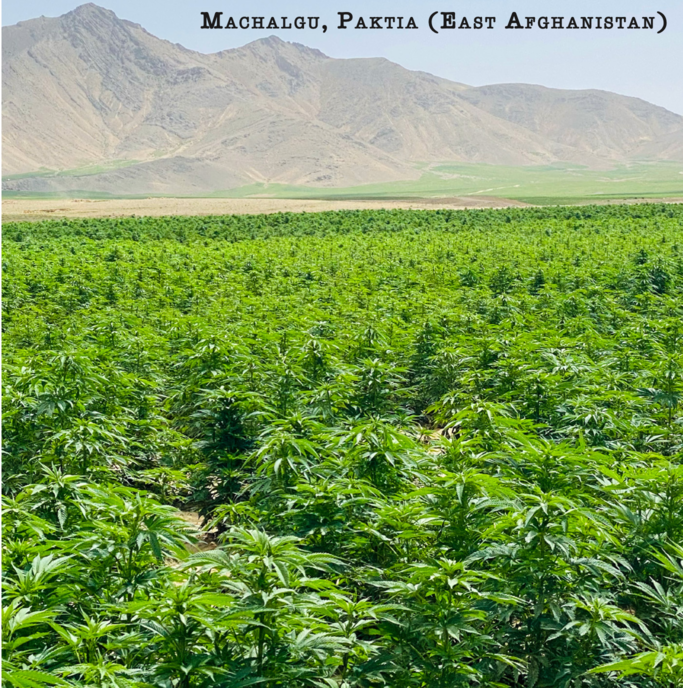
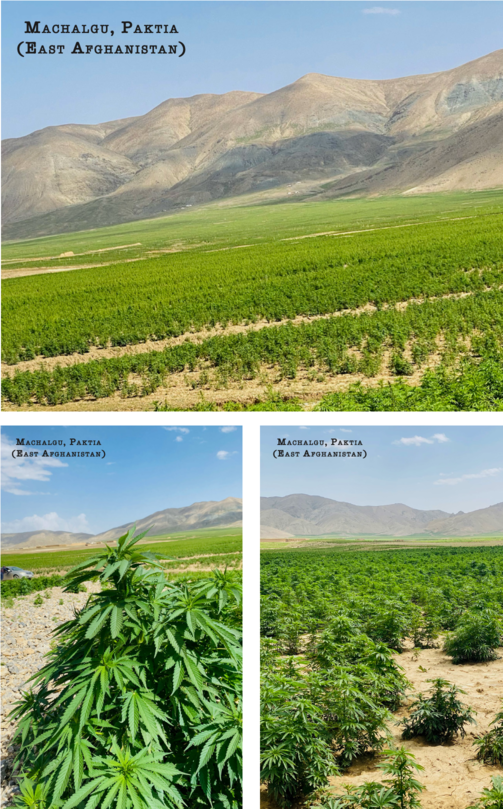
The central highlands of afghanistan though created by the hindu kush ranges is a seamless descent of steep mountain like topography, which gradually transforms into a more undulating landscape and further descends into the dasht-e-margo and dasht-e-khash (deserts) situated around the hemland and nimruz province of afghanistan. The average elevation is lower compared to the east and the north eastern hindu kush highlands but it is surrounded by tall mountains such as koh-i-baba and clinically pierced by the helmand river that flows through the central highlands towards the seistan marshes and hammun-i-hemland lake region.
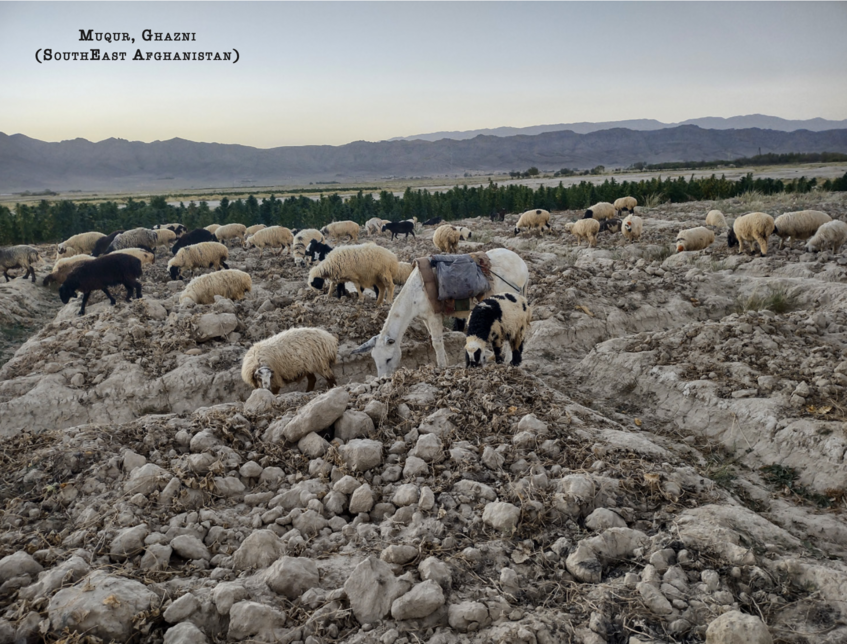
Not many places are well known out of the central highlands as cannabis hotspots however some of them will include : Kabul, daykundi, bamyan, ghazni, uruzgan, ghor, badghis and southern parts of samagam province otherwise extending upward to northern plains. The average elevation for cannabis habitats in central highlands ranges from 750 meters to 1500 meters which are generally located from 33° N to 35° N of equator.
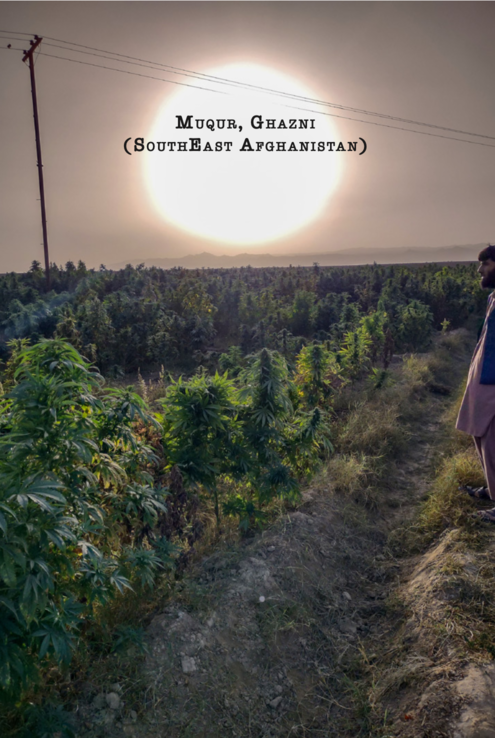
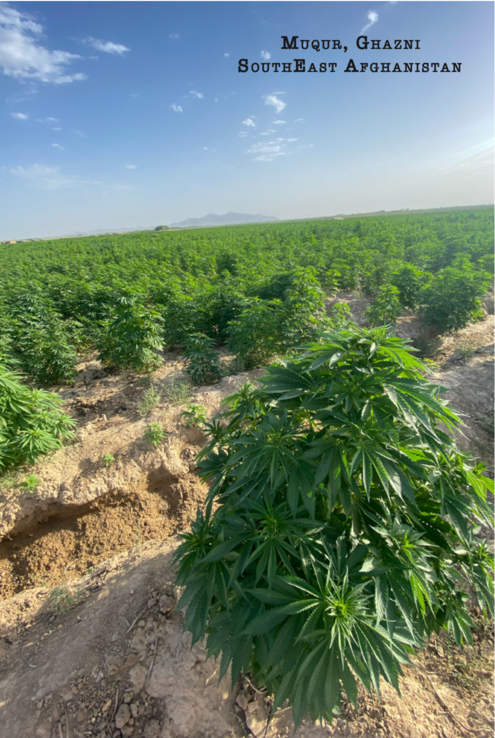
The climate in central highlands remains quite similar throughout and can be classified as temperate. It features hot sunny days with relatively cooler nights and somewhat harsh winters with little to no snowfall in the populated regions but considerable snow cover for the surrounding tall mountains. Precipitation remains low compared to the hindu kush highlands but a little more than northern plains and south western desert regions. Overall the climate is very arid like the rest of Afghanistan which is devoid of moisture.
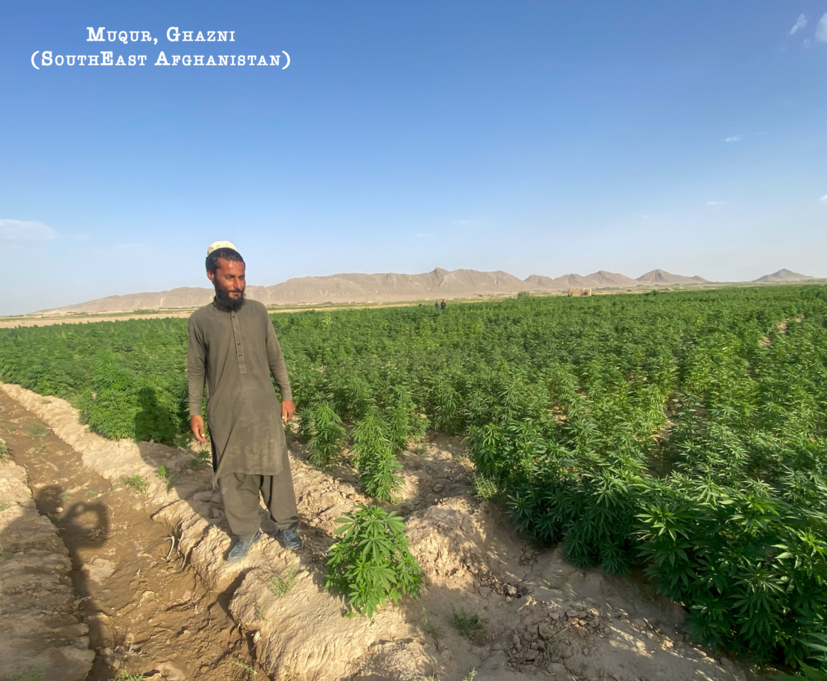
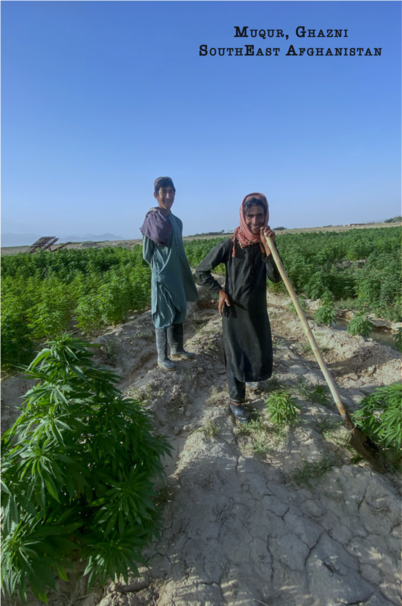
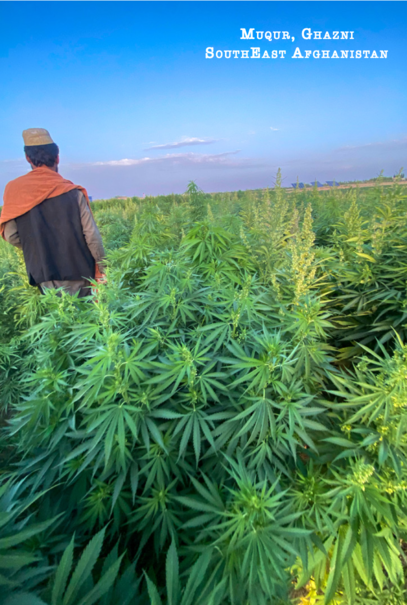
The northern plains of Afghanistan is the soul of the country with the biggest span of fertile land, it’s responsible for nearly more than 50% of the agricultural produce from the entire afghanistan. Northern plains are connected to slopes of central highlands and the north eastern foothills of the hindu kush ranges around the Baghlan province near Andarab.
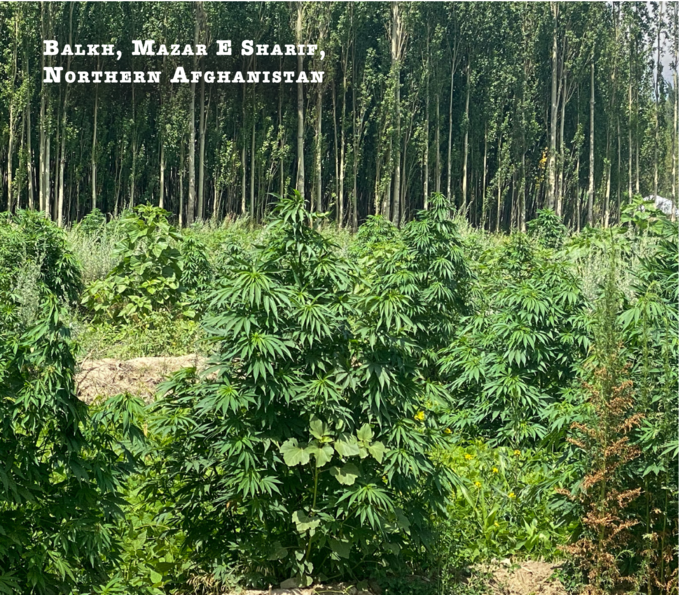
The northern plains as the name suggests constitutes the largest span of flat and fertile land in afghanistan however with the scarcity of rain it is heavily dependent on the glacial water streams and rivers for agricultural needs.
Northern plains are perhaps the most famous hotspots for cannabis and opium cultivation and some of those well known places out of the northern plains will be – Balkh, jawzian (Sharberghan), kunduz, parts of samagam province and sari pul. Since most of the northern plains consist of flat lands the average elevation for the cannabis habitats remains low here, which is between 300-750 meters located approximately between 35-36 N of the equator.
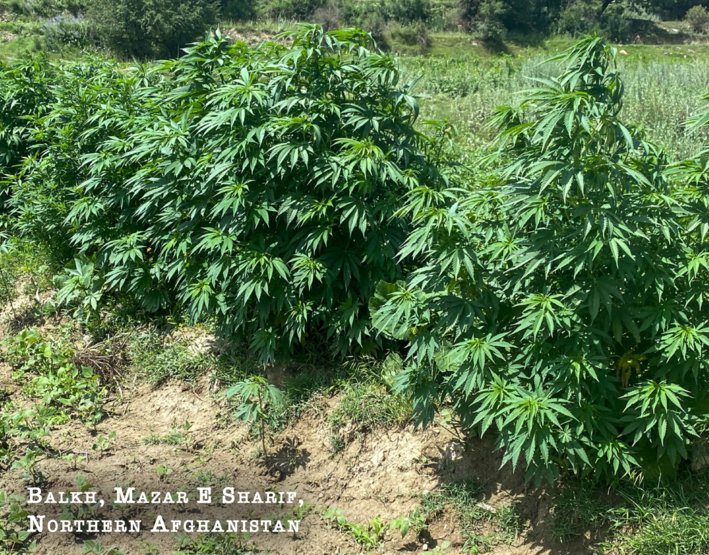
The climate in northern Plains is temperate with very hot summer days that feature bright sunshine on most of the days with temperatures getting colder towards the night time. The winters can be very cold but it seldom snows in populated regions like Balkh. The overall feel is very dry and arid close to desert and it remains dry throughout the year with occasional showers which are hard to predict and does not change the precipitation levels to a considerable extent effectively.
Southern and south-western afghanistan in particular mostly consists of desert spansfar till the iran border and beyond that as well. The hindu kush mountains gradually ends around the provinces like helmand and kandahar creating some of the last valleys which are situated at the foothills of the hindu kush towards the south-west before the parameters of Margo desert begins.
The average elevation for the cannabis habitats in the foothills around helmand valley and kanadhar is 1000 – 1400 meters which are located at approx. 31°N of the equator.
Some of the well known places for cannabis from south and south west of Afghanistan will be- ZABUL HELMAND, KANDAHAR, LASHKAR-GAH.
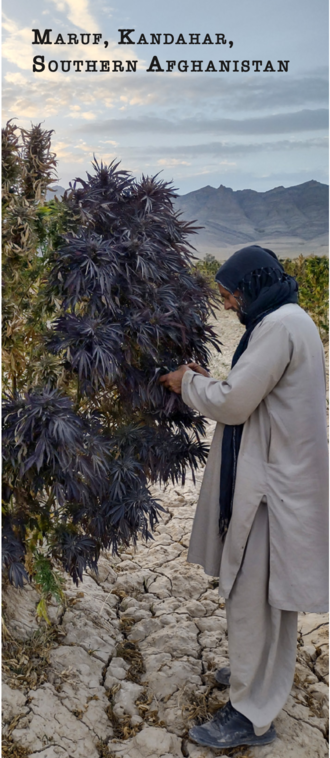
The climate towards the south and south western Afghanistan is much hotter and temperate compared to any other part of the Afghanistan temperatures easily rise up to 40 celsius + at the peak of the summers however winters are not very harsh although the air is extremely dry all year around.
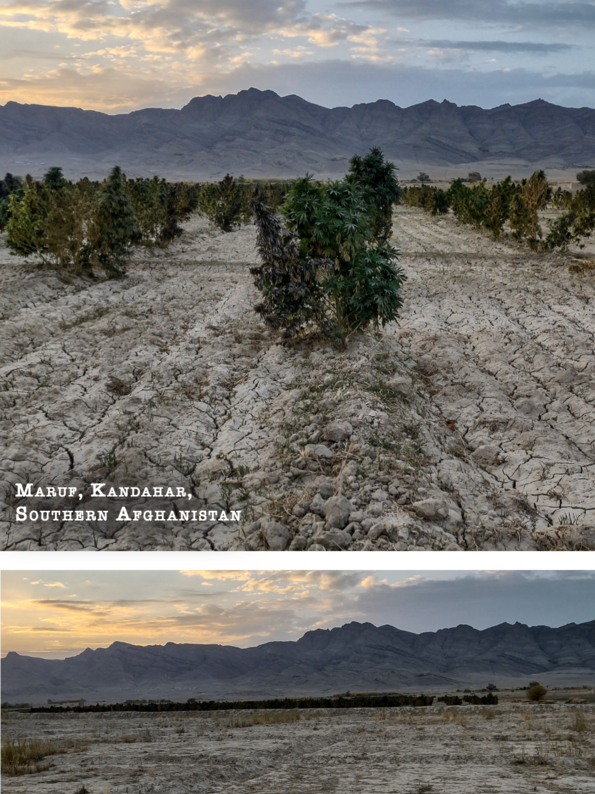
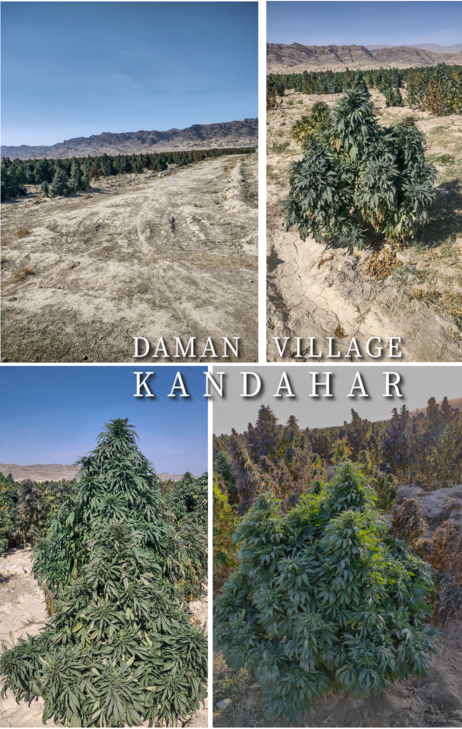
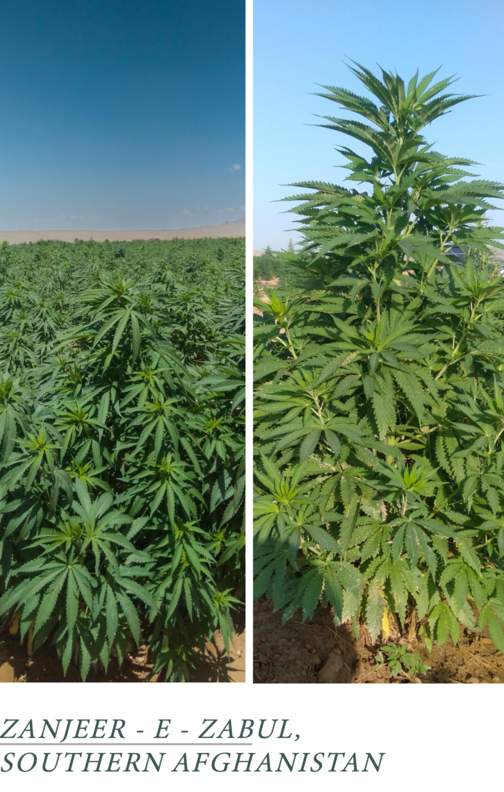
Today all of our modern day cannabis varieties stem from a complex genepool consisting of various heirlooms and a very few regional landrace varieties which were taken out of their habitats, to be hybridized and bred into more meaningful plants for various commodities.
However, the one variety which arguably put the foundation of modern day hybrid cultivars will be afghani heirlooms mixed with other south east, central asian, south/central american and african cannabis varieties.
The most desirable traits like – high cannabinoid concentration, intense and skunky aromas, short stature, short flowering period etc. can mostly be attributed to the afghani heirlooms used in the hybrid varieties.
However, the big question has always been why only a certain country or region in whole like Afghanistan is able to produce heirlooms with impeccable features as such and not others. We want to argue that answers to this age old question can be provided through a detailed look at the terroir and the domestication of cannabis in the Afghanistan.
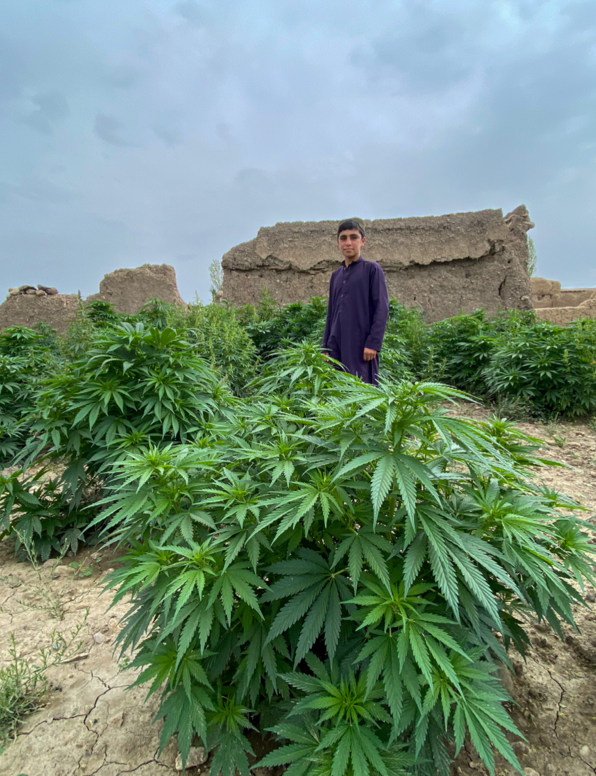
We begin from the highlands of the hindu kush east and north east of the afghanistan and journey down towards the central highlands, northern plains and eventually to southwestern desert regions to understand how and why the cannabis expression changes with the environment and domestication work.
For a Number of reasons it will be quite fitting to say the least that Balkh Domesticated Heirloom Expression Dominates through the Northern Afghan territories, Central Plains on the Opposite side of North & North East Afghanistan as well as the Hashish Regions on the foothills of Hindu Kush Mountains.
Hindu Kush Mountain Range Enters the Afghanistan through Wakhan Corridor at the Pak-Afghan Border, and creates an almost a wall-like separation between the North and the Central Plains. However In a Province like Baghlan in North East which is situated at the Hindu Kush Foothills, plants Show genetic Infection from Balkh Heirloom.
Hindu Kush and Balkh (Cannabis Regions) Both of which are situated well above 33° N of Equator with Most of the Hindu Kush Cannabis regions above 1500 meters in Altitude but All the “Balkh Lowland” Cannabis regions are at around 500 meters, which keeps the contamination from the domesticated crops at bay for the High-Altitude areas, However at the Lower altitudes or around the foothills of the Hindu Kush in places such as Andarab Village it’s a Different story altogether.
There’s a staggering Intra-population variation ascribed to the genetic infection from the domesticated cannabis Crops in the nearby regions, and majorly because of the pollen from the domesticated varieties in hindu kush highlands drifts downwards into the foothills regions and pollinate the domesticated cannabis populations.
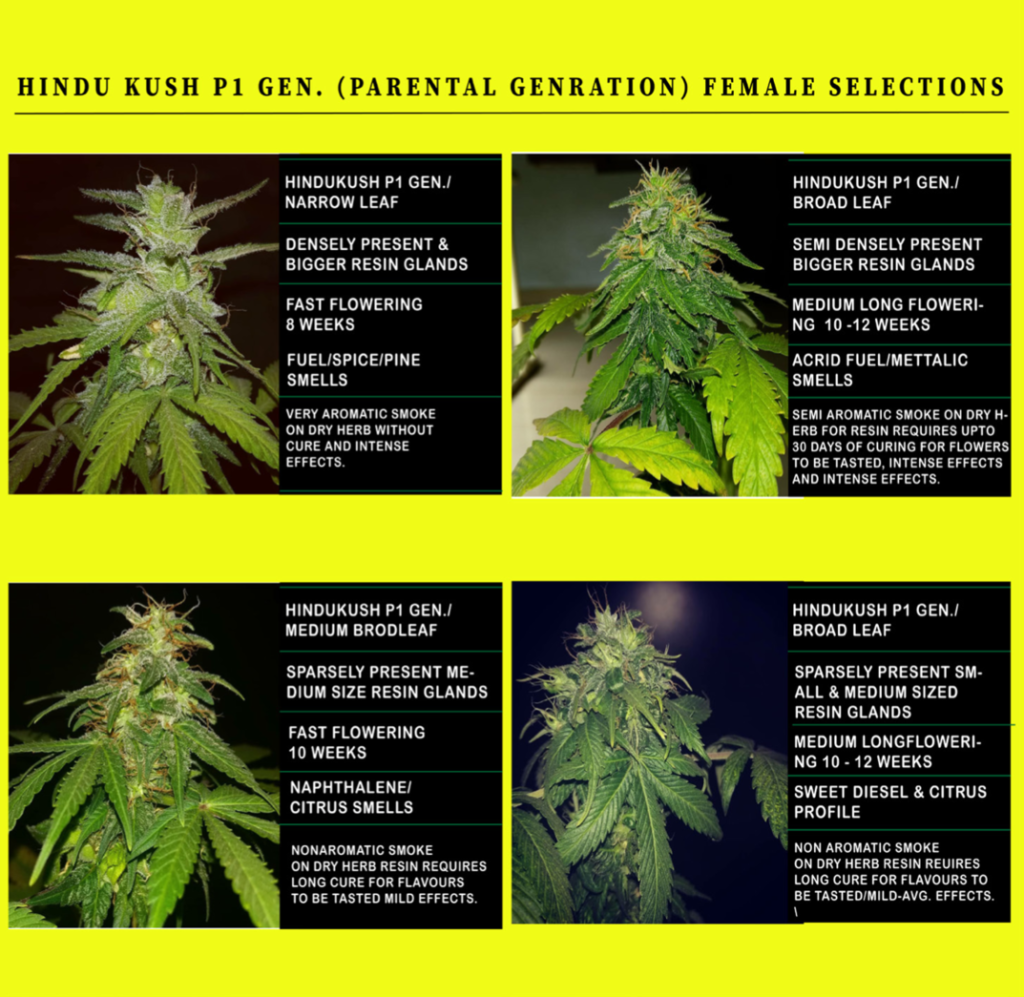
This however seems to be a one way process as the pollen from the northern plains domesticated populations at the foothills does not reach uphills to a surplus of 1500 meters altitude. These intermediate populations boast various characteristics from either populations in combinations or in a co-dominant fashion to varying degrees.
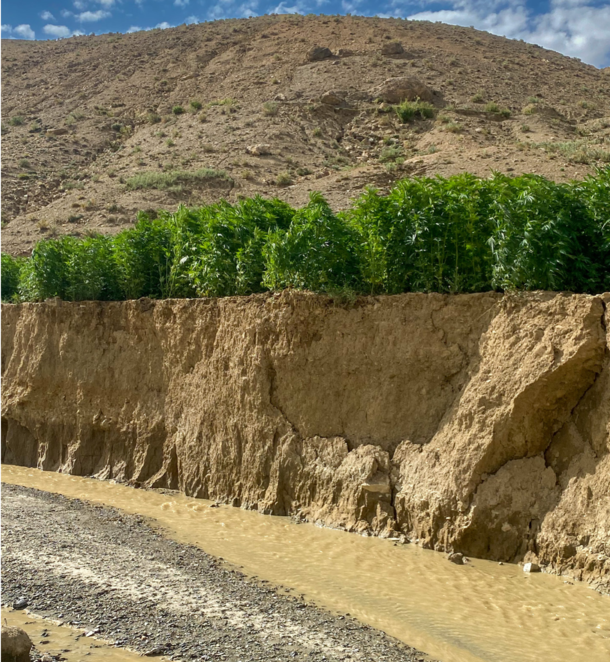
The cannabis varieties in Afghanistan can be broadly divided into 4 categories which also depicts the domestication chronology of the primordial landrace variety from the highlands of hindu kush to the domesticated lowland heirlooms of northern plains.
The cannabis population which grows naturally in the highlands of hindu kush devoid of any human interference or domestication efforts. Typical Characteristics : Deeply serrated Narrow leaflets, short/medium stature, with minimal side branching. Very small floral bract growth covered in dense coverage of resin glands. Small seeds with hard shells and protruded funiculus for self ejection from the perigonal bracts.
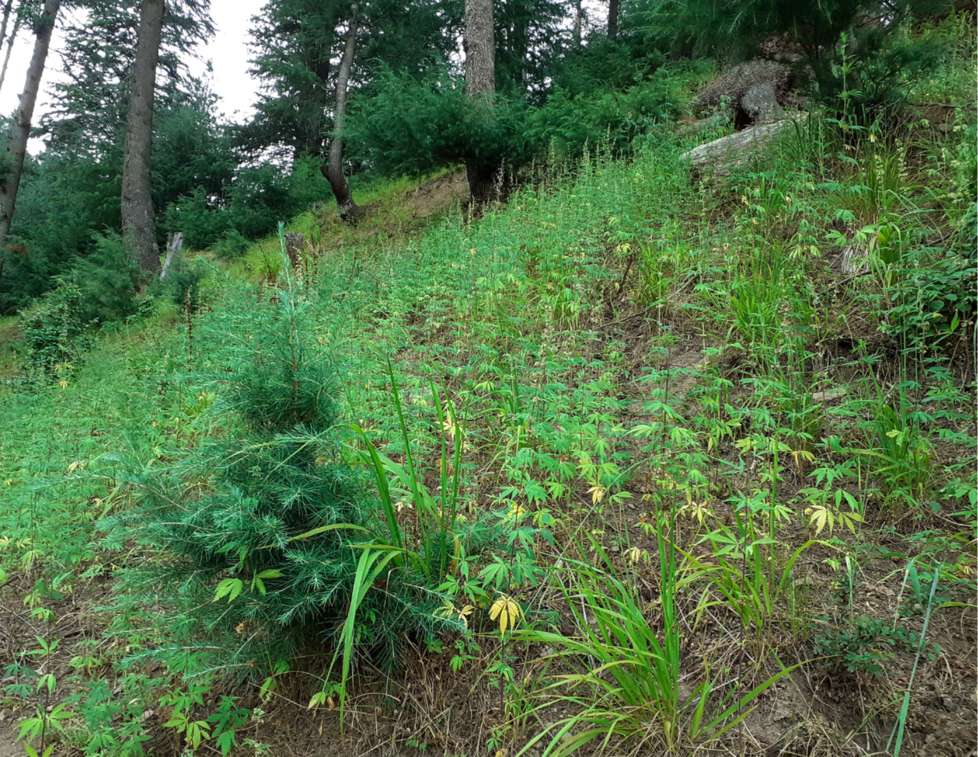
Regions: hindu kush highlands min. 1500 meters and above (east of afghanistan)
The cannabis population derived from the hindu kush primordial landrace varieties and domesticated at the hindu kush highlands itself by rigorously cultivating, fertilizing and possibly selecting overtime.
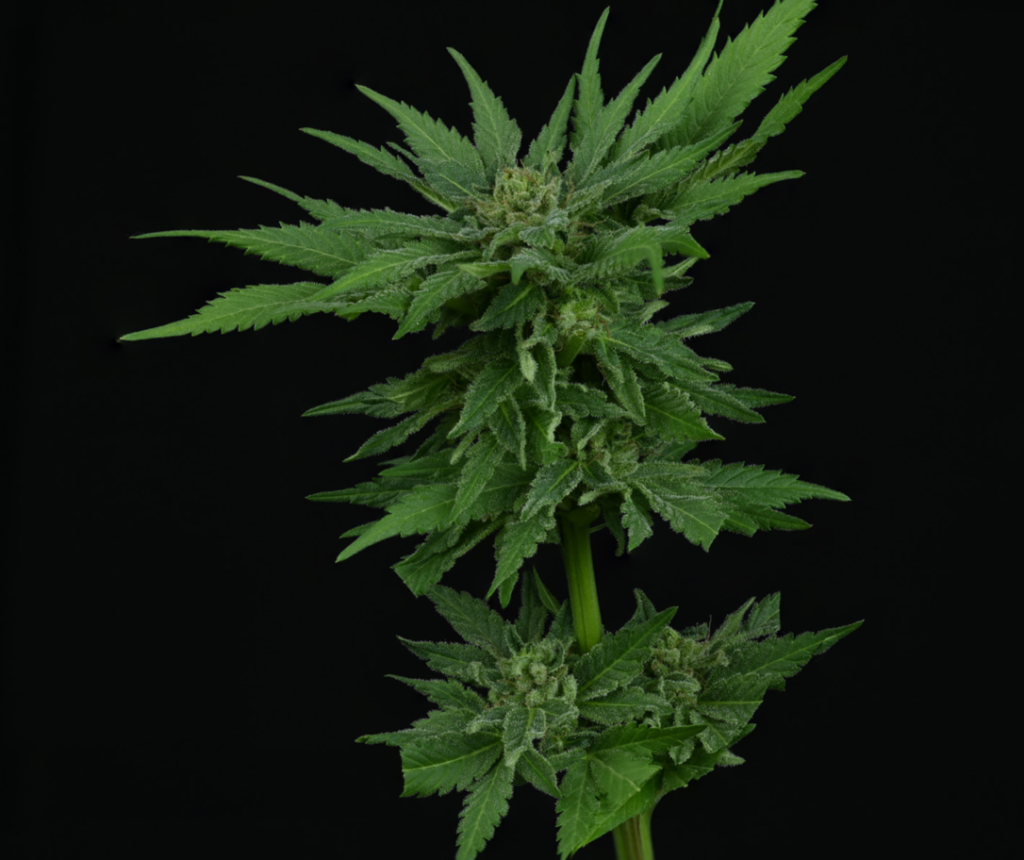
Typical Characteristics :
Relatively broader leaflets with normal serrations, short- medium short stature with increased side branches compared to its wild counterpart , bigger seed size, brittle shell decreased protuberance at funiculus. Seeds less likely to eject themselves from the perigonal bracts for self dispersal.
The Cannabis population acclimatized/domesticated at lowlands of northern plain from the seeds of hindu kush domesticated heirloom populations.
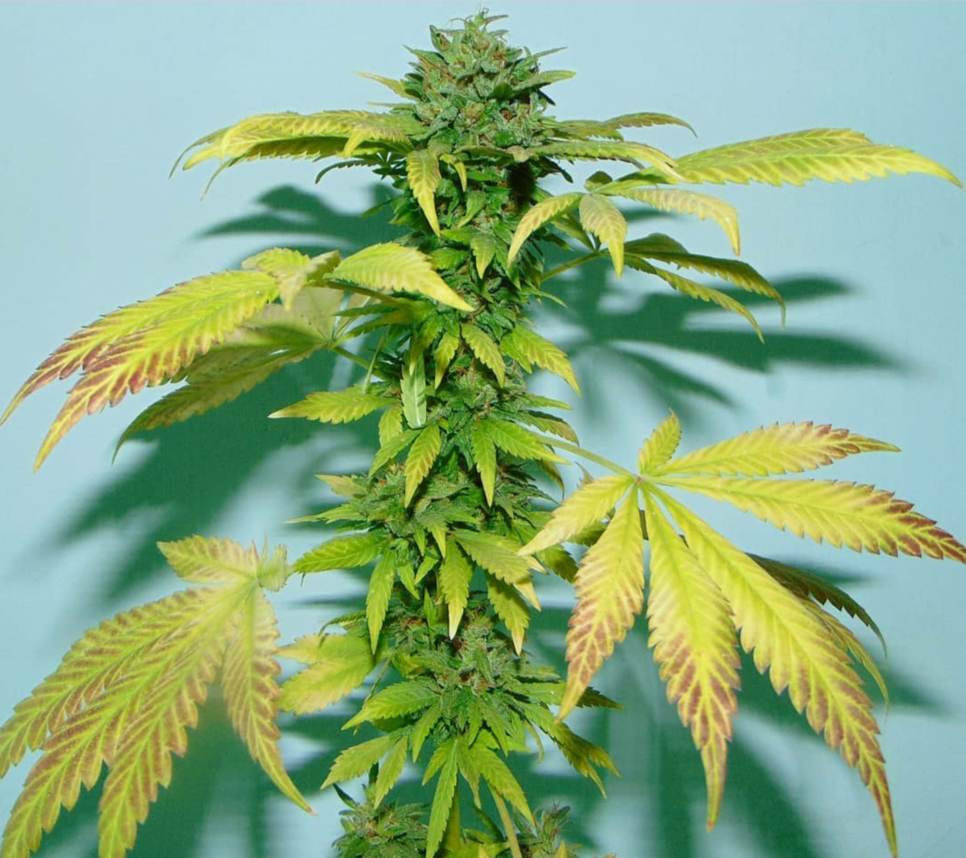
Typical Characteristics :
Broader leaflets with normal serrations, short stature with increased side branching, bigger seed size, brittle shells and no protuberance at funiculus. Seeds held tightly inside the perigonal bracts not prone to self ejection and dispersal. Development of acrid bitter and uncommon aromas with Increased intensity, bigger root mass, broader leaflets to compensate for the lesser amount of insolation at 35°N and above.
The 2 distinct cannabis populations which originated from the cross pollination amongst various other cannabis populations.
4.a Cannabis variety originating from the cross pollination between the primordial landrace populations at hindu kush and the domesticated heirloom population farmed at hindu kush highlands.
4.b Cannabis variety originating from the cross pollination between the hindu kush domesticated heirloom and northern plains domesticated heirloom populations
The intermediate variety 4.a can be found growing in the hindu kush highlands in isolated patches or within either populations from a constant cross pollination.
The intermediate variety 4.b can be seen growing in the hindu kush foothill regions only, because pollen from the domesticated heirloom varieties in hindu kush highlands drifts downwards into the foothills and pollinate the northern plains domesticated heirloom populations.
This however seems to be a one way process as the pollen from the northern plains domesticated populations at the foothills does not reach uphills to a surplus of 1500 meters altitude.
These intermediate populations characteristics from either populations or in a co-dominant fashion to boast various in combinations varying degrees.
The primordial landrace populations in Afghanistan, mostly originates from the highlands of Hindu kush such as Panjshir, Badakhshan, Andarab etc. These plants typically feature Narrow Leaflets with deep serrations. A trait widespread in many primordial landrace varieties across numerous cannabis hotspots in central and south east asia as well.
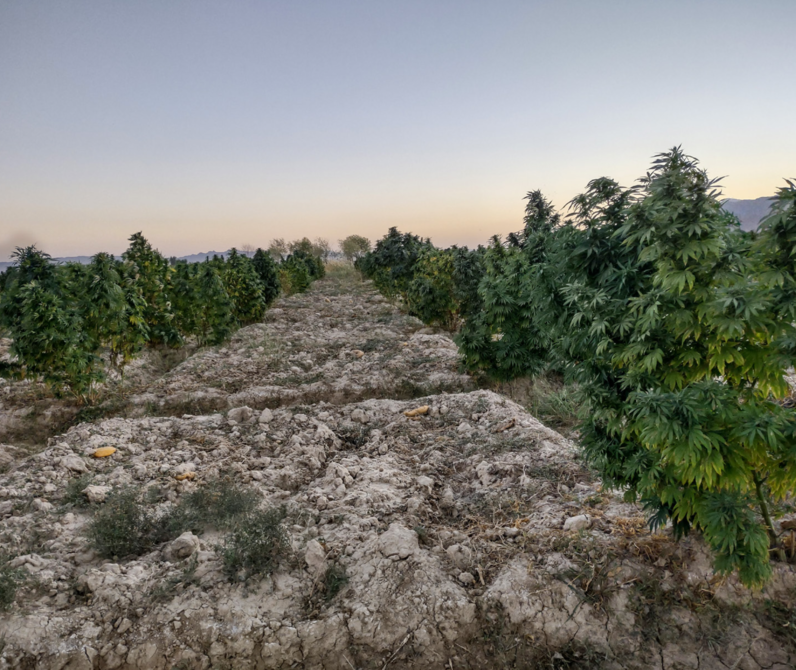
However, more importantly the difference between the himalayan highlands and the hindu kush highlands is the monsoon rains which turns the himalayan highlands in india and nepal into subtropical highlands with high humidity throughout the year while hindu kush remains very dry and arid for most parts of the year. The cannabis habitats across Himalayan highlands (india/nepal) allow very tall plants with open structures due to abundance of moisture in the air and a marginally bigger season length. Thus we conclude that the relatively shorter stature of hindu kush primordial landrace varieties is due to the low levels of humidity, wherein the plant tends to grow in a squat/bushy manner to preserve the precious moisture within the plant which can otherwise be easily blown away by the dry air through an open or tall structure. This critical adaptation is also seen in many other plant species which grow in cold-desert or tundra climates.
Today cannabis is cultivated in almost every corner of the world whether legal or subjected to certain restrictions, although the recent paleontology evidence puts its origin millions of years back on the tibetan plateau and hints at an outward expansion towards central and southeast asia through both natural means and human activities, Which also exemplifies the astounding phenotypic plasticity in Cannabis genome, which enabled it to adapt and thrive in nearly all of these places weather it was the arid deserts of afghanistan or the ultra humid tropics of Asia. The ability to produce highly varying phenotypes in order to adapt to the environmental pressures, allowed cannabis to grow and eventually embody the morphological structures which were most suitable for their respective ecological habitats.
The domestication and artificial selection for traits such as fiber, resin, seeds etc. by indigenous communities, further enabled the development and proliferation of distinct features profusely within the populations, such as extreme apical dominance in varieties domesticated for fiber in northwest himalayas, or the 3-4x bigger sized seeds in the varieties domesticated for edible seeds in south-west china.
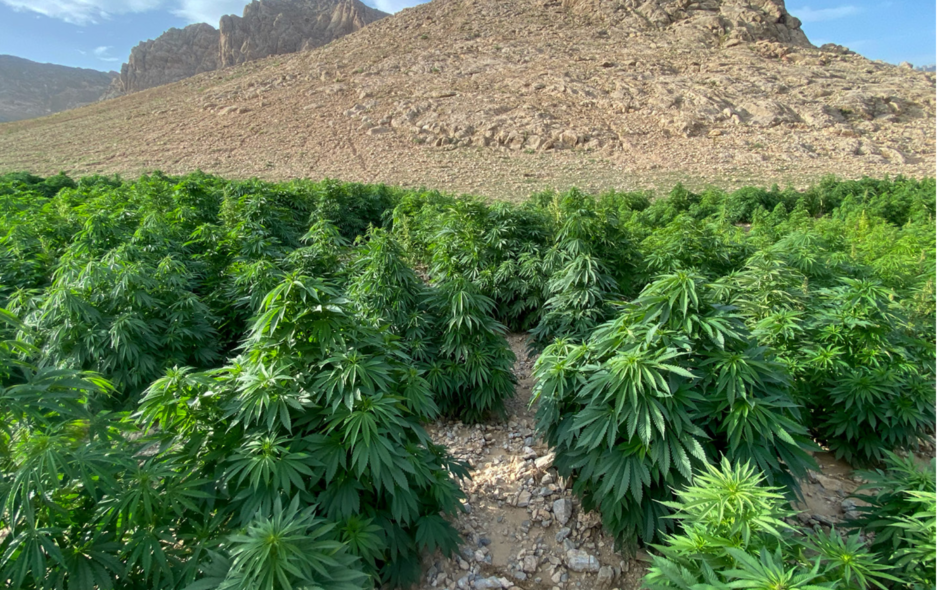
The terroir and the domestication have been the 2 major forces behind shaping the landrace cannabis populations everywhere, and one of the first major differences which comes to mind when we talk about these distinctions is why certain varieties grow extremely tall upto 4 meters while others remain short statured and compact. In this case we are not arguing about a particular shape of the plant but rather the reason for the difference between certain cannabis populations staying short and other growing tall within a similar season length.
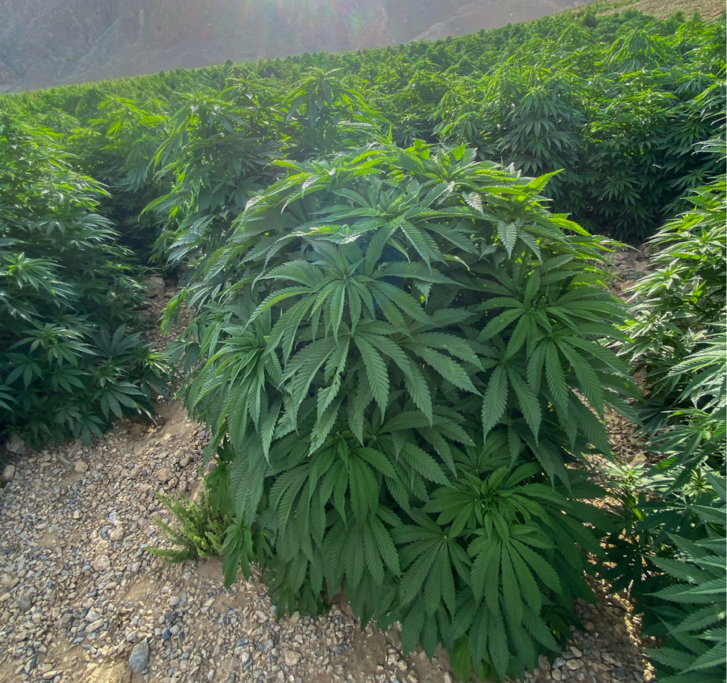
We believe that the answer to this simple question, lies in the amount of moisture is present in the surroundings of any cannabis population that it has been adapted to overtime. However, In order to elaborate it further we selected 2 traditionally domesticated cannabis populations from both Arghandab in kandahar, Afghanistan and Malana Valley in Himachal pradesh India, as both of these regions have domesticated landrace cannabis populations which are basically from the either ends of the height spectrum within the cannabis genome.
Apart from the phytochemical compositions, one of the major differences between the Cannabis populations of malana and kandahar is the height, wherein the populations in malana valley go on to embody an apically Dom. structure, with sparsely held branches on an elongated stalk as shown below and the populations in kandahar stay short and stubby with minimal bare stalk and a more laterally pronounced structure as shown below.
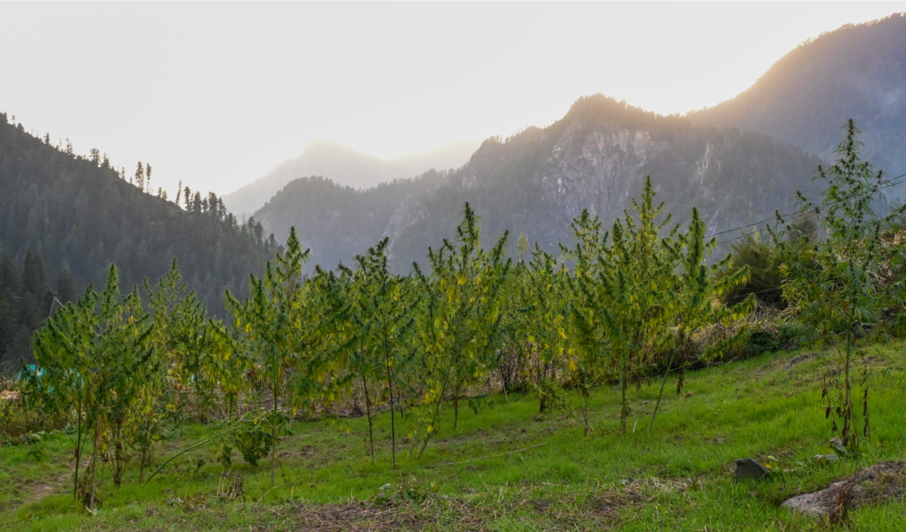
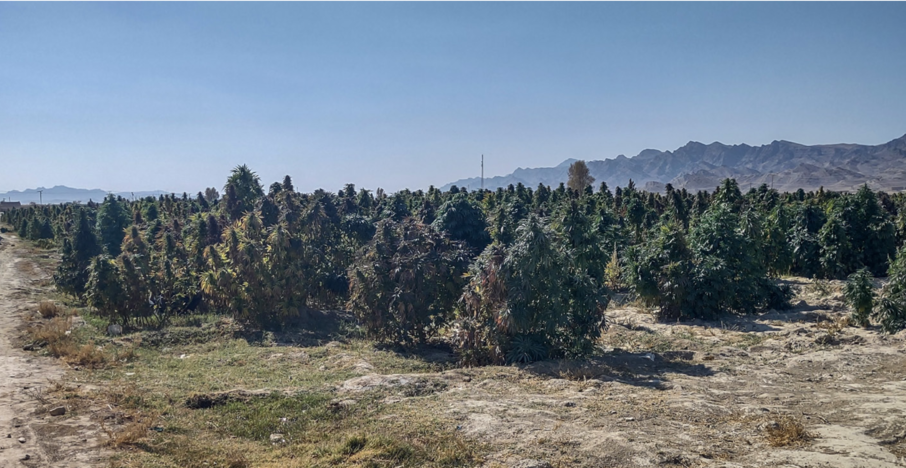
At both of the places Malana and Arghandab the plants begin to grow from the early spring and reach into the main vegetative growth by june, by this time there is not much difference amongst these 2 varieties as both grow with less internodal spacing between each successive branch with lush foliage giving them a busy appearance. As shown below.
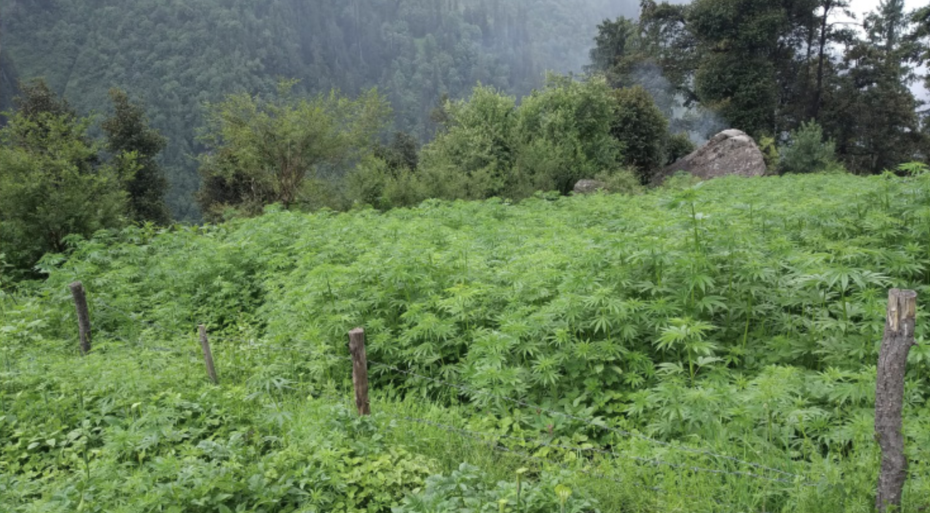
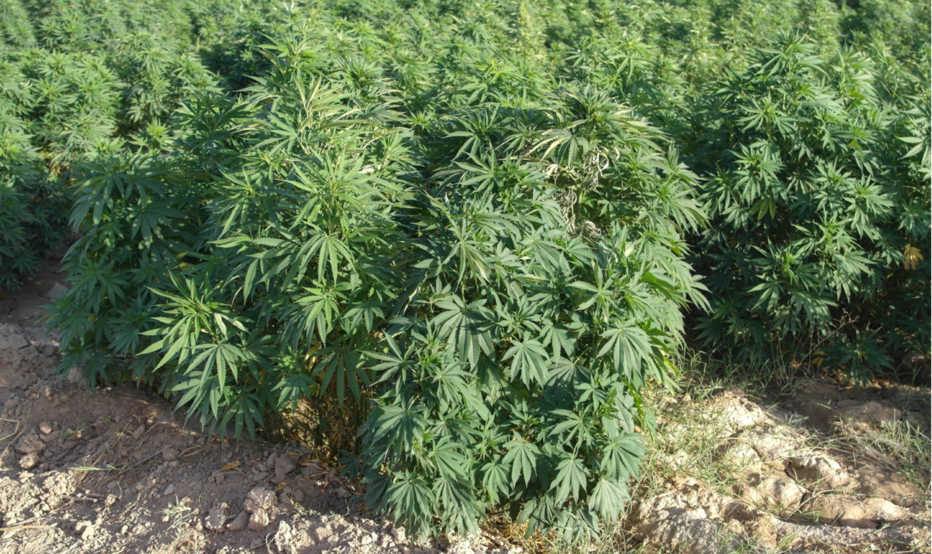
As the plants begin to flower around mid to late july, again at both of these places (malana and arghandab) the plants tend to undergo a structural transformation required to bear flowers efficiently,
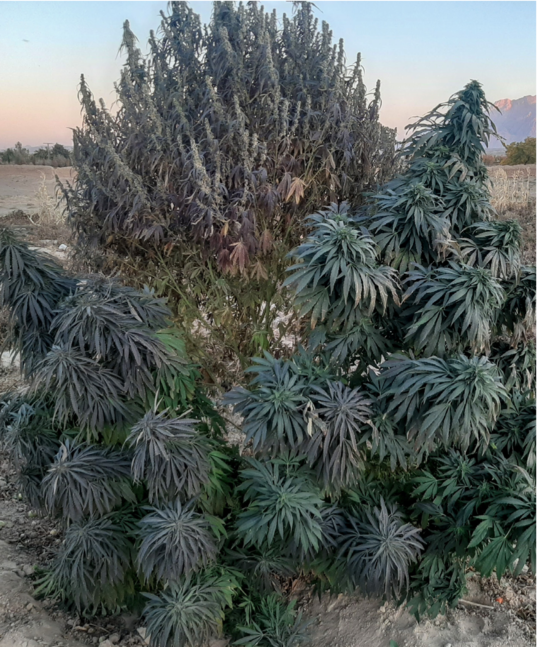
this is the stage where cannabis populations adapted to malana valley stretch upto 3-4 times of their original size at the time of entering flowering while the cannabis population in arghandab only sees a modest stretch, just enough to nest flowers for the reproduction, sometimes not even able to double it’s height.
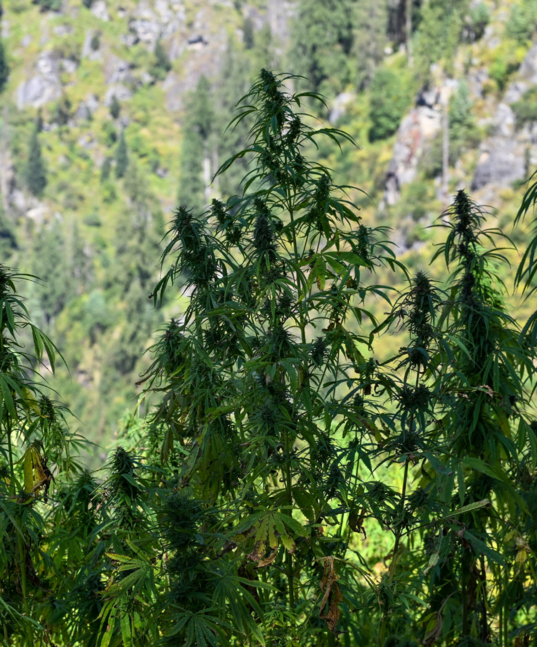
Malana Valley is situated in the laps of north western Himalayas, and s characterised by a monsoon based subtropical/alpine climate, where average humidity lurks around 60% and that is usually before the big monsoon kick, which is generally around mid to late July, coinciding with the beginning of the flowering as well, the high moisture content in the surroundings here, allows for the cannabis populations to grow extremely tall in a short span of time.
In Malana valley the humidity goes up tremendously during the monsoon season (Mid July to Mid sept) in the valley and averages right around 80’s or above for the entire span of the monsoon as shown below in the tables.
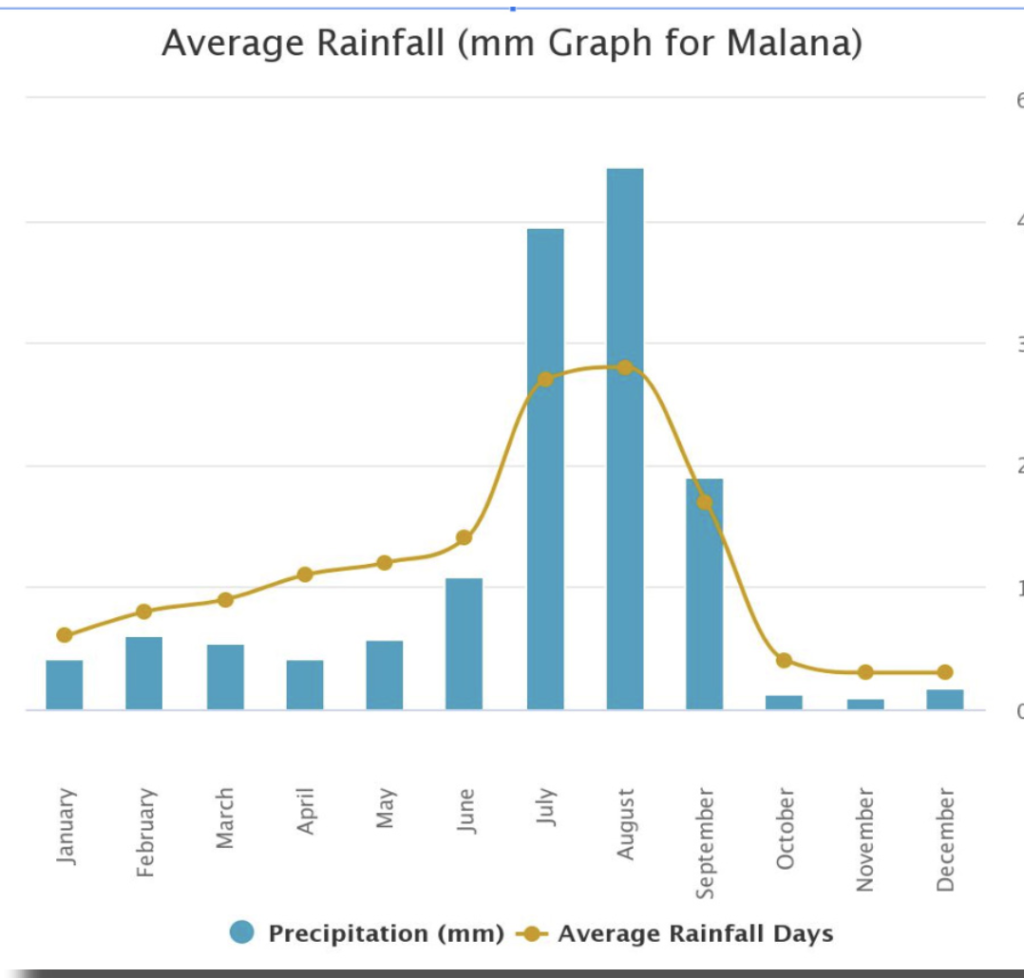
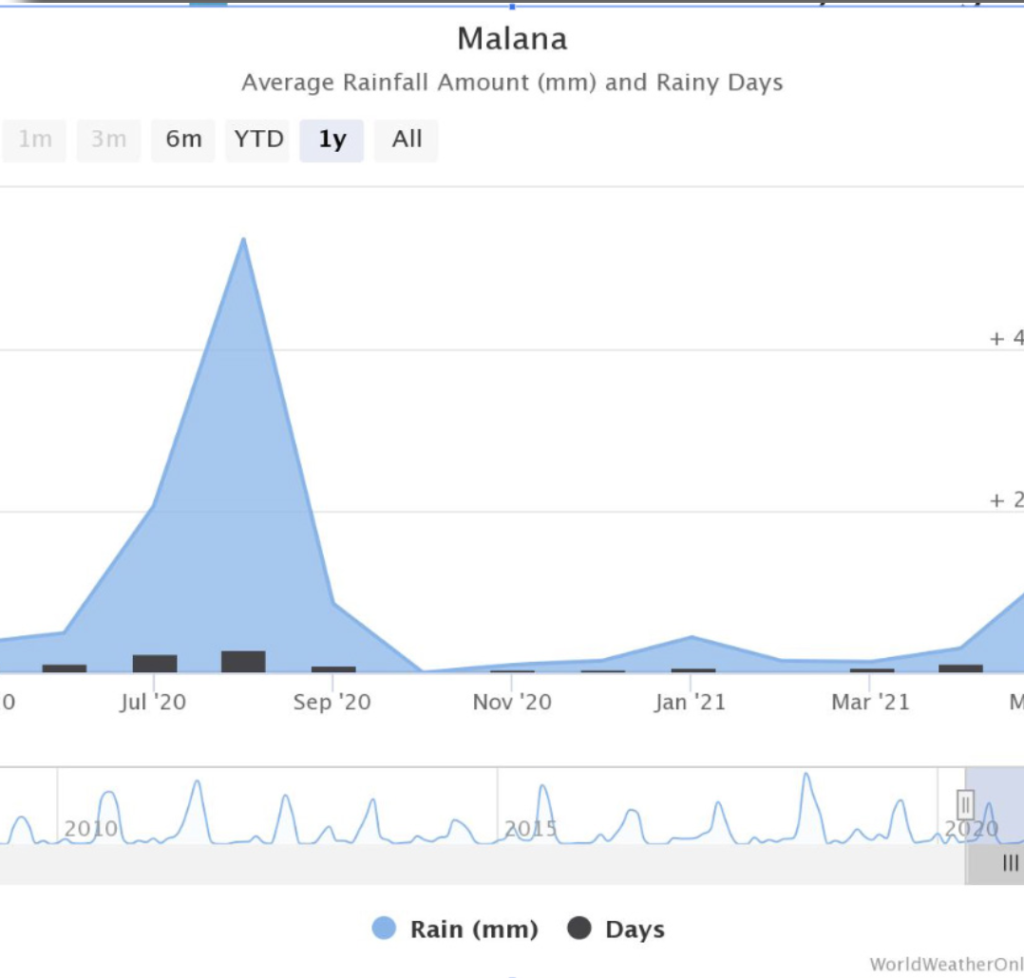
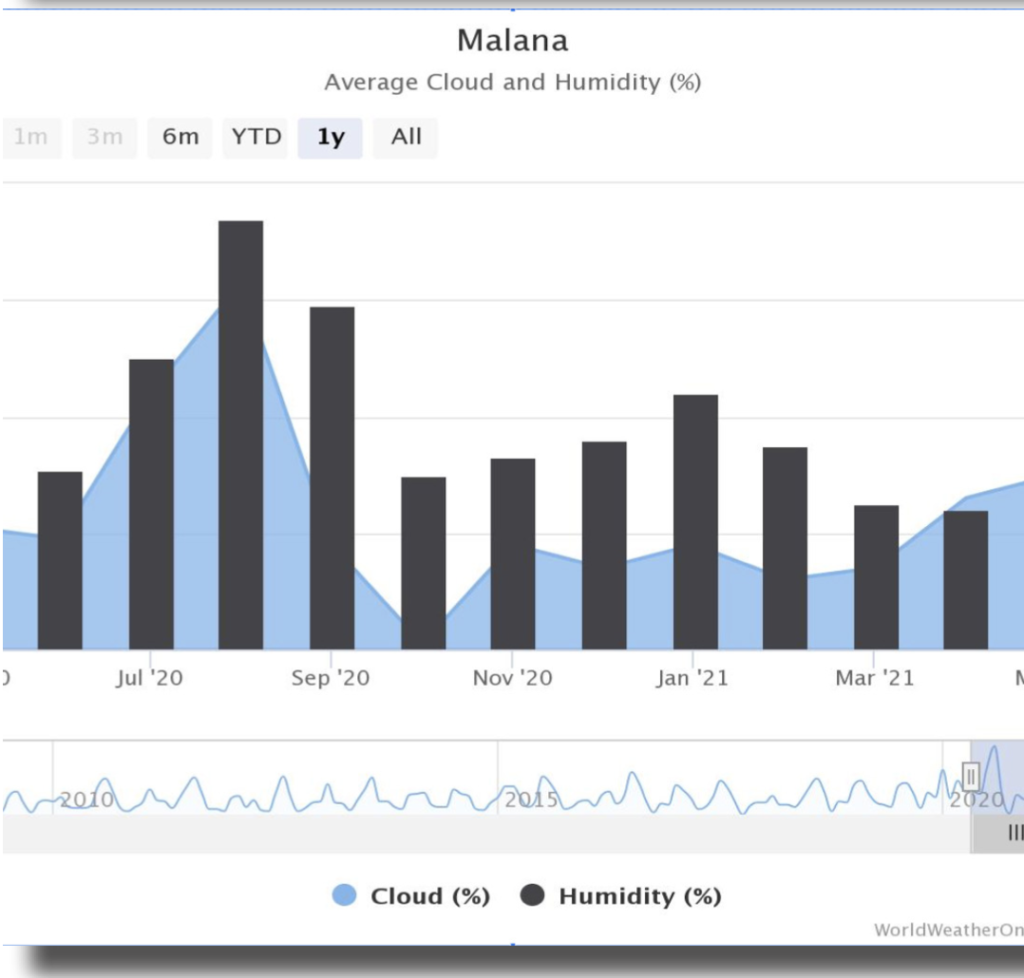
Arghandab is situated in Kandahar province which is an arid semi-desert and features less than 100 mm of rain annually. The average humidity on any day is below 45% and it averages around 40% during the plant’s lifespan i.e. April to November. The Cannabis varieties in this region tend to grow in quite a different way, As they don’t go on to stretch prolifically due to lack of moisture in the surroundings and instead grow tucked, in a bushy manner to preserve as much moisture they could, this adaptation could be seen amongst other plant varieties like Rock jasmine as well where various sub- species grows different to accommodate to a variety of different climatic conditions. There is no monsoon season in Kandahar and environment is extremely dry and air deprived of moisture. As shown in the tables.
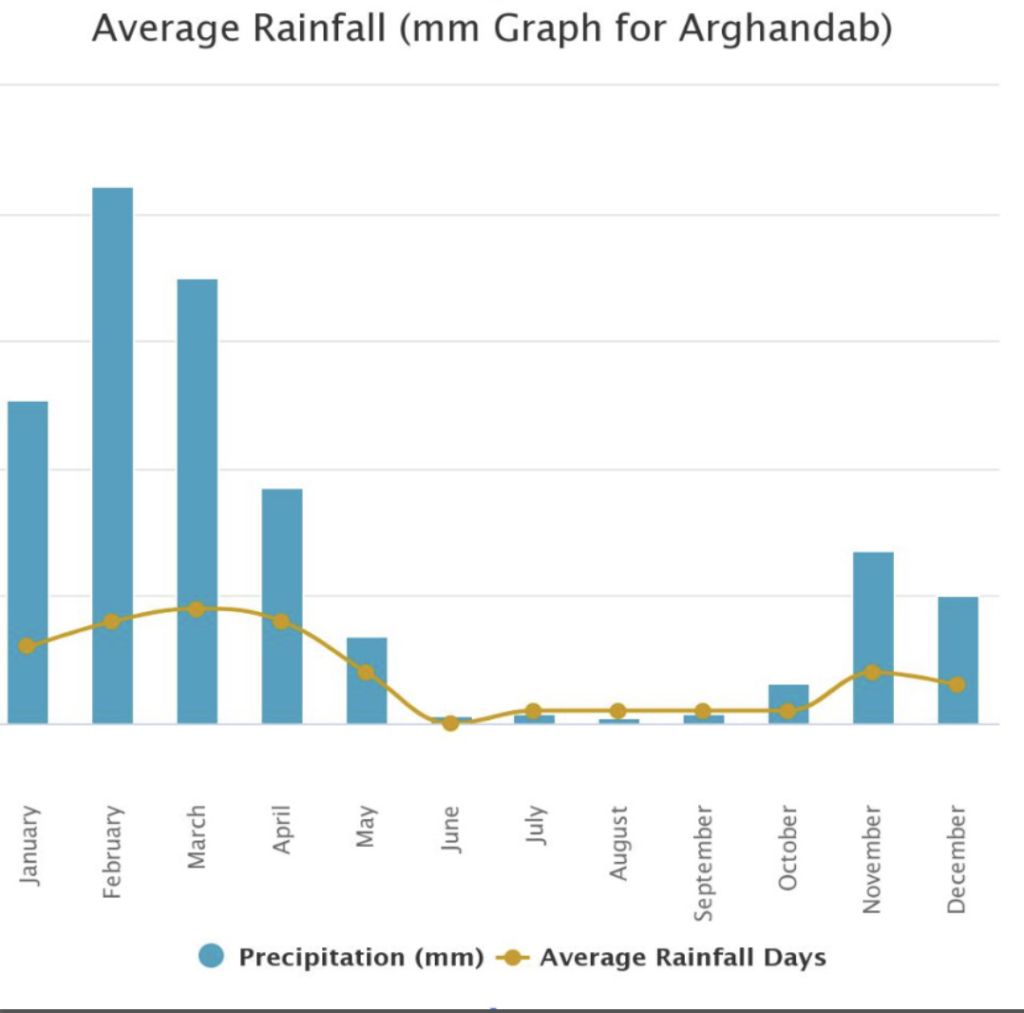
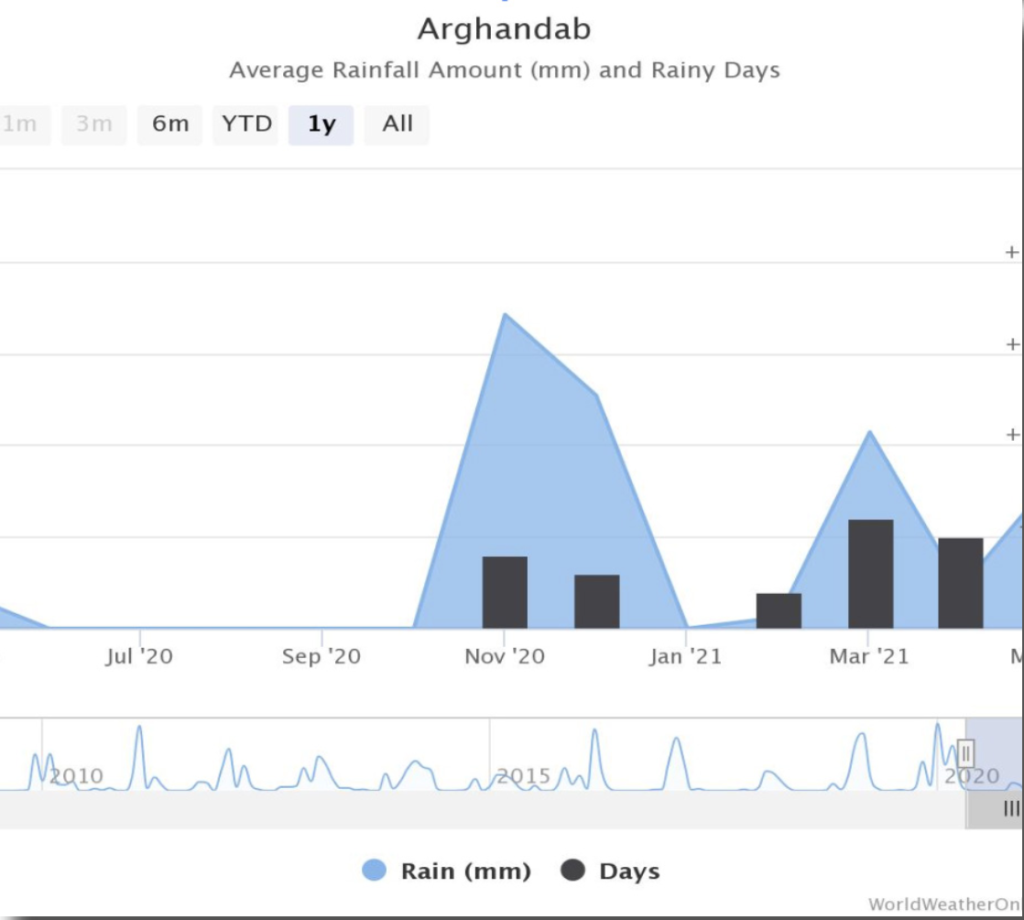
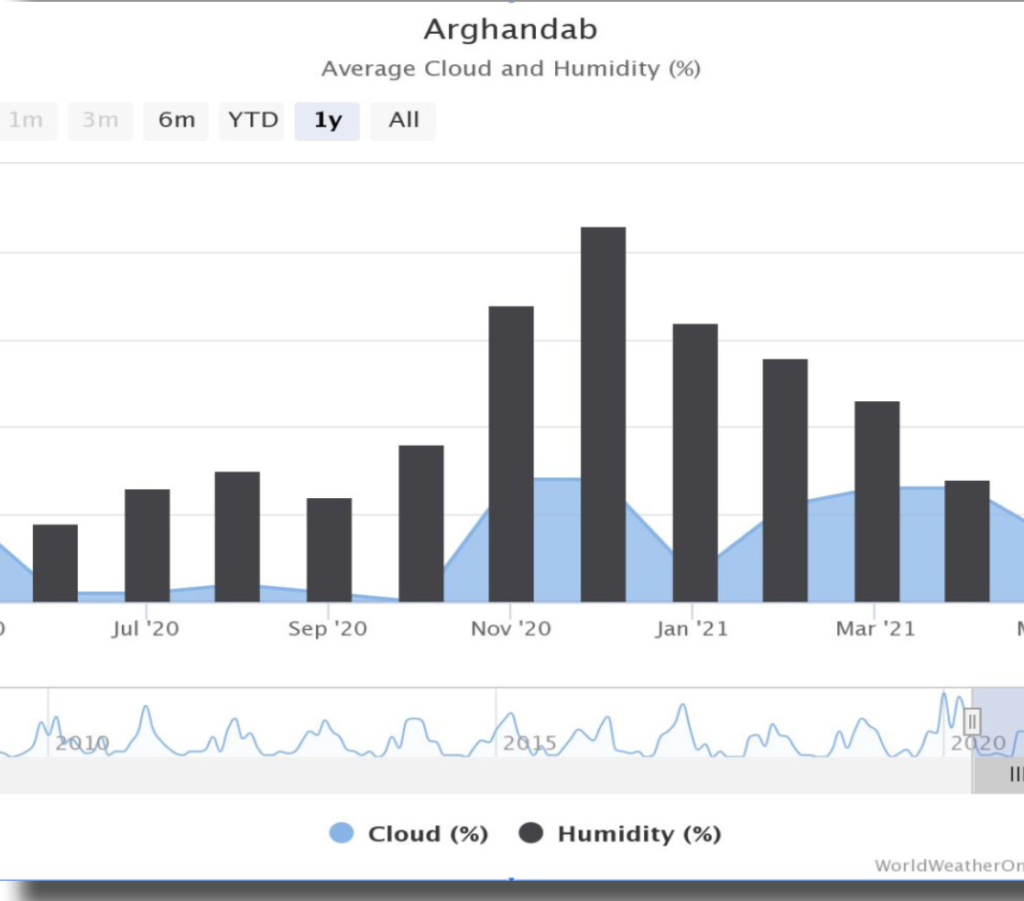
This particular adaptation could be seen amongst the subspecies of other flowering plants as well, which inhabit vastly different terroirs, for example Androsace or Rock jasmine. Rock jasmine has a number of subspecies adapted for many different places ranging from the subtropical highlands of the Himalayas e.g.
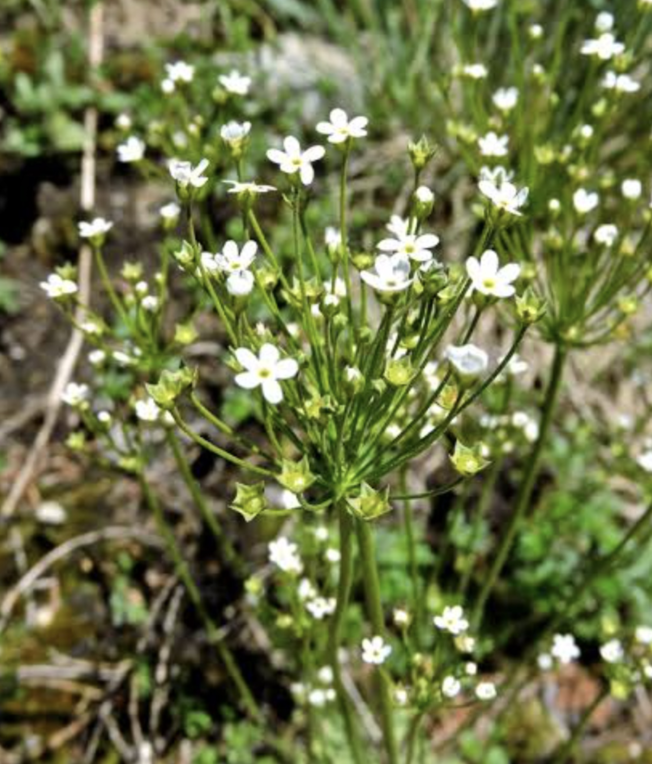
Androsace lanuginosa a subspecies of rock jasmine adapt- ed to humid subtropical highlands of himalayas , the plant is composed of waxy small cuticles and florets extending out- wards upto 15 cms which gives it a lanky appearance, similar to the cannabis populations adapted to this region.
Whereas another sub-species of Rock jasmine known as Androsace alpina or Alpine rock jasmine, typically adapted to Alpine, arid, semi tundra regions, which is capable of growing in extremely low humidity and scarce rains. Such as in the quanghi mountain ranges of tibet, situated in the rain shadow of the Himalayas and featuring one of the driest places on earth. The flowers of Androsace alpina or Alpine Rock jasmine grows densely packed in an umbrella like structure tucked closely to the ground in order to save as much humidity it can and stay near the earth as well, quite similar to the cannabis populations adapted to extremely arid terroirs.
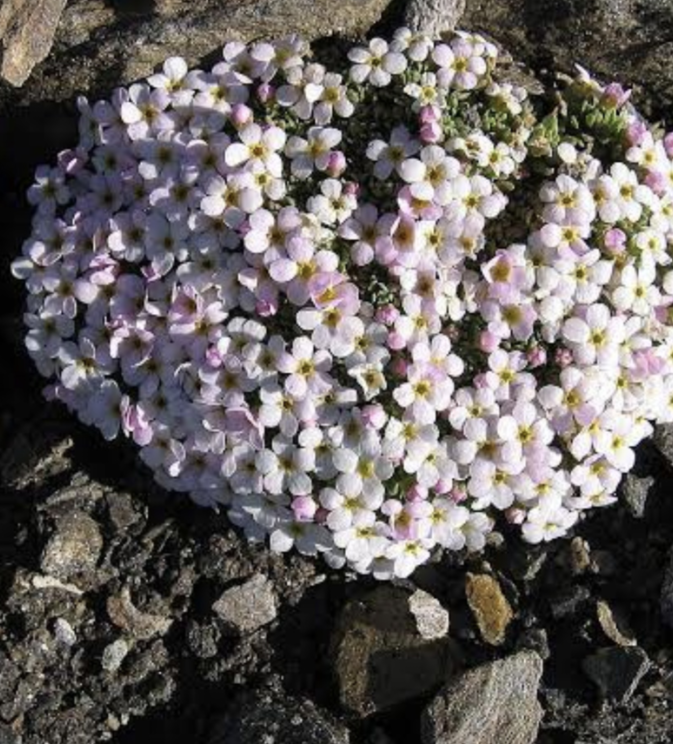
The amount of available moisture in the surroundings is a crucial factor in the shaping of these varieties in such distinctly different ways. Plant populations adapted to the terroirs with abundance of moisture in the air, as seen in the malana valley example, encourages the surplus stretch in the plants during the flowering period, and eventually the plants which stretch out more than the others go on to produce and nest more flowers and hence more seeds gradually passing down the trait more often.
While the opposite is true for the dry and arid terroirs with low humidity during the flowering phase. This type of terroir does not support tremendous stretching during the pre flowering stage since, it will result in rendering large distances within each successive branch and further exposing the structure, and making it vulnerable to the surrounding dry air, which can snatch the valuable moisture from the plant.
The plants well adapted to these terroir usually go on to embody a short, tucked and bushy structure to preserve every bit of the moisture it can.
At some point in human history at highlands of Hindu Kush the indigenous communities recognised the cannabis plant as an important enough crop to be cultivated outside of it’s wild habitats in a more systematic way, which possibly initiated a revolutionary sequence of domestication leading to the expanse of cannabis in the entire Afghanistan and surrounding regions as well.
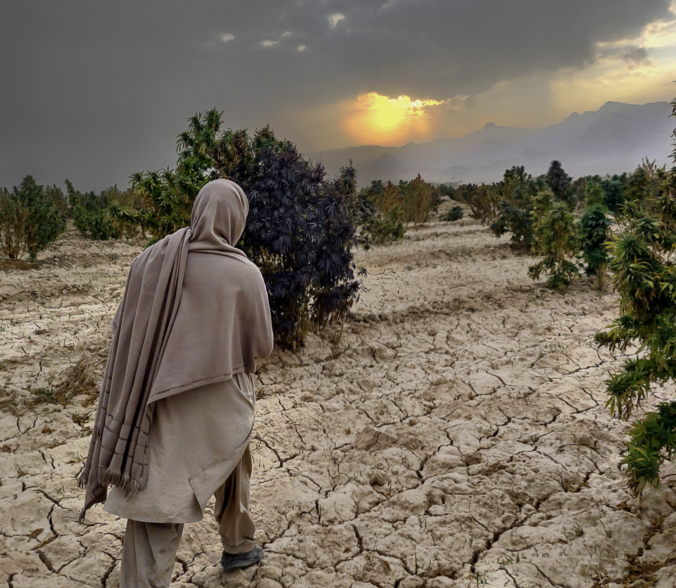
The very first domestication efforts possibly manual sowing of seeds, fertilisation and of desirable individuals from a diverse containing phytochemicals in various proportions.
We believe the sole reason indigenous communities started domesticating wild cannabis was recreation and the selections were made solely on the basis of effects which is one of the reasons domesticated varieties in Afghanistan tend to be much more intense in terms of effects when compared to other traditionally domesticated varieties from India or south east Asia where selection was dictated by various uses other than recreation such as fibre, stem, seed (edible) etc.
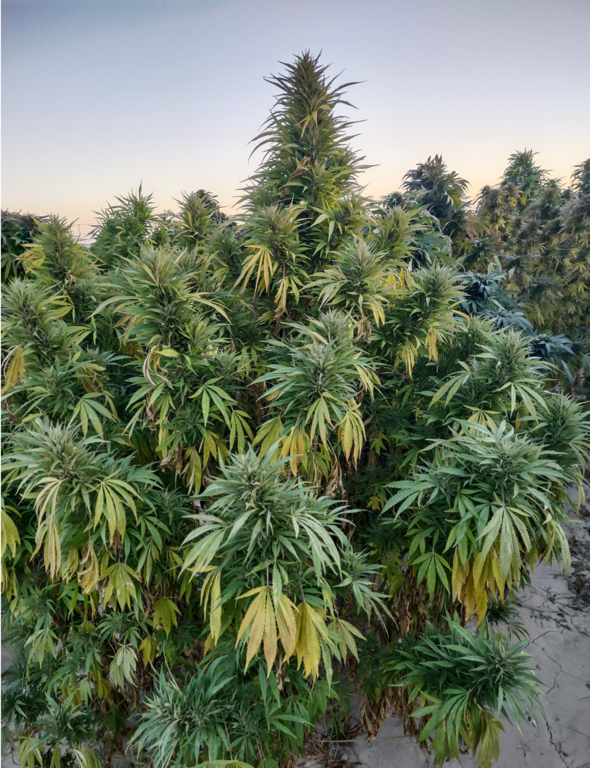
The domestication of primordial hindu kush cannabis led to a few significant changes even though the domestication took place in almost similar terroir in highlands but the effects from domestication became apparent in the form of broadening of leaf surface, increased side branching, bigger flower and seed size, robust stature through consistent fertilization.
The farmers started harvesting seeds along with the crops and storing them inside homes safe from the adverse weather which resulted in gradually making the features like hard outer shells obsolete in the absence of the natural shell degradation over the winter season. The protuberance around the funiculus also started decreasing gradually since the self ejection and and dispersal would result getting automatically selected out of the seeds being stored for next season.
The most important aspect of the first attempt at domestication of primordial cannabis varieties at hindu kush highlands was ultimately arriving at a much narrower population of plants that boast a tangible bud structure with higher resin count and stronger effects compared to its wild counterparts.
As we learnt during the brief study of the terroir that Northern Plains constitute the largest fertile, flat land territory in afghanistan and most of the agriculture is concentrated around this region.
Which leads to an inherently more competent community of farmers who are better versed and equipped overall in growing and harvesting techniques.
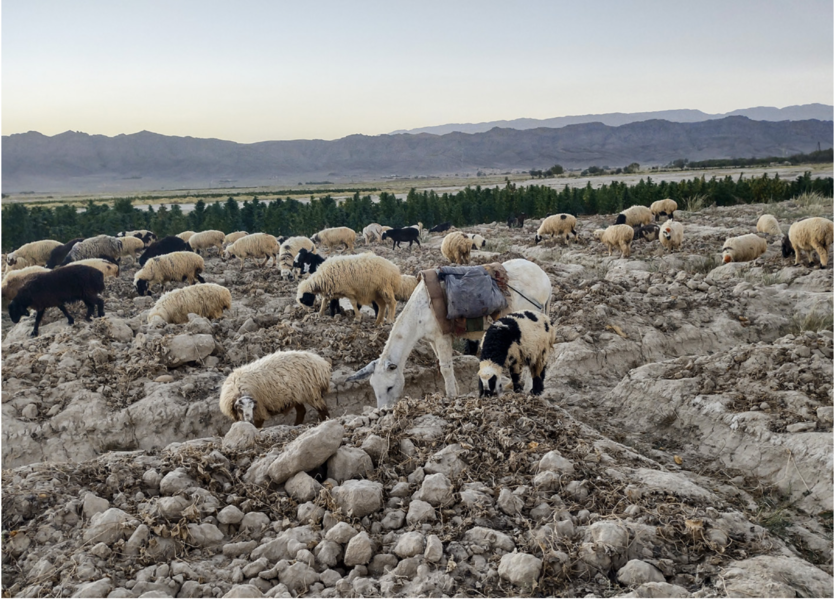
In a somewhat natural progression the domesticated hindu kush cannabis varieties were eventually introduced to the northern plains of afghanistan which then underwent a yet another metamorphosis to adapt and successfully become what it’s recognized and sought after for in the world of CANNABIS.
The cannabis variety brought down from the highlands of hindu kush to the lowlands of northern plains had a considerable impact from the drastic change in terroir, while most of the changes were favourable such as improved soil fertility, bigger season length, but it is to be noted that northern plains are even drier and arid compared to the hindu kush highlands, the population of natural pollinators are scarce specially bees and even plant populations are separated by large distances opposed to a continued green span usually found in hindu kush Highlands such as panjshir. However, if it were not for all these changes in the terroir we wouldn’t have some of the most appealing features the northern plains domesticated cannabis is known for.
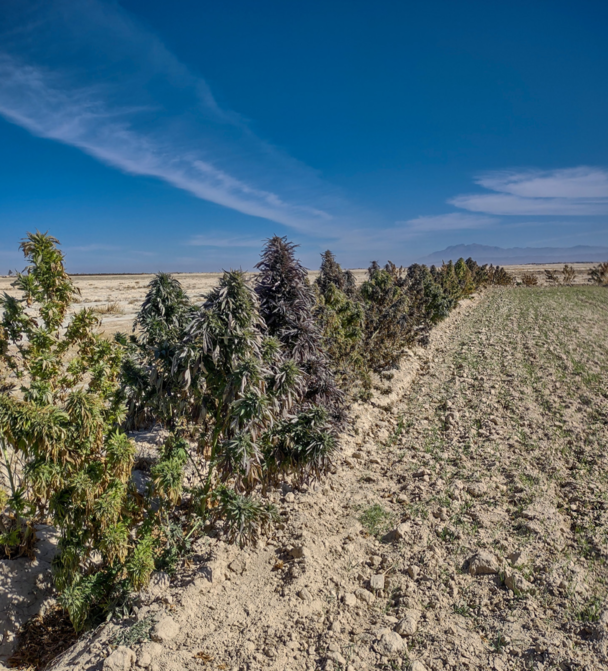
Beginning with the competence of the farmers in northern afghanistan the comparatively fertile soil and added expertise of the farmers in selecting plants led to an even more robust and vigorous population of cannabis with thicker stems and broader leaflets to absorb more sunlight in order to both make up for the lesser insolation at higher latitudes and to metabolise a higher uptake of nutrients from a much more fertile soil eventually resulting in plants with increased root-mass to accommodate the same.
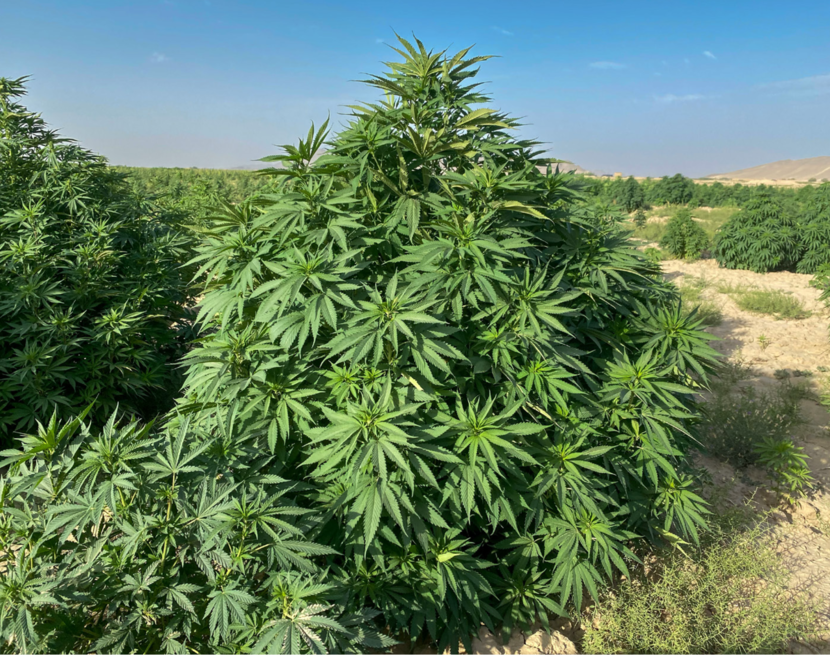
An even more drier environment of northern plains of afghanistan with increased day and night time temperatures had a profound impact on the cannabis populations brought down from hindu kush highlands. The increased dryness of the surroundings relentlessly shaped the cannabis populations into plants with predominantly very short and compact/bushy structure to retain moisture within the plant. The somewhat sticky resin from the domesticated Hindu kush highland varieties turned very dry in texture to ward off dust particles and in the absence of any significant rain during the flowering period.
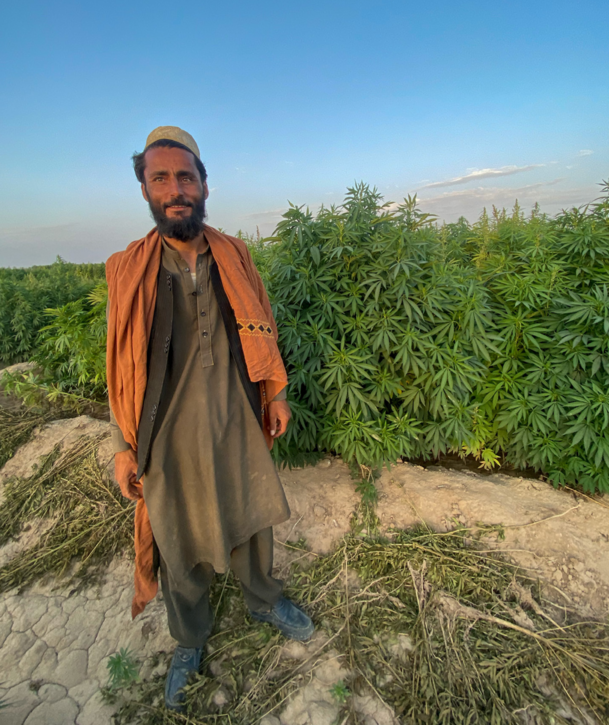
NOTE : The cannabis resin in the tropical and subtropical cannabis varieties is usually very sticky in texture, which is attributed to the high precipitation during the flowering period as the sticky texture of the resin works much effectively in getting rid of the water on the bud sites from frequent rains. It has been observed the amount of precipitation during flowering period and the texture of the resin has a dependent relationship where stickiness of the resin is directly proportion- al to the amount of precipitation during the flowering period.
A comparatively Higher day and night time temperatures at northern plains contributed significantly towards the girth of the flower and yet another aspect of the resin. With temperatures not extremely cold during the flowering period plants could now grow relatively bigger flowers, also aided by artificial selection by farmers to some extent but the resin glands became smaller in size due to the increased heat during the daytime, opposed to the larger trichome size in hindu kush highland varieties which often gives its small flowers a cotton-like look.
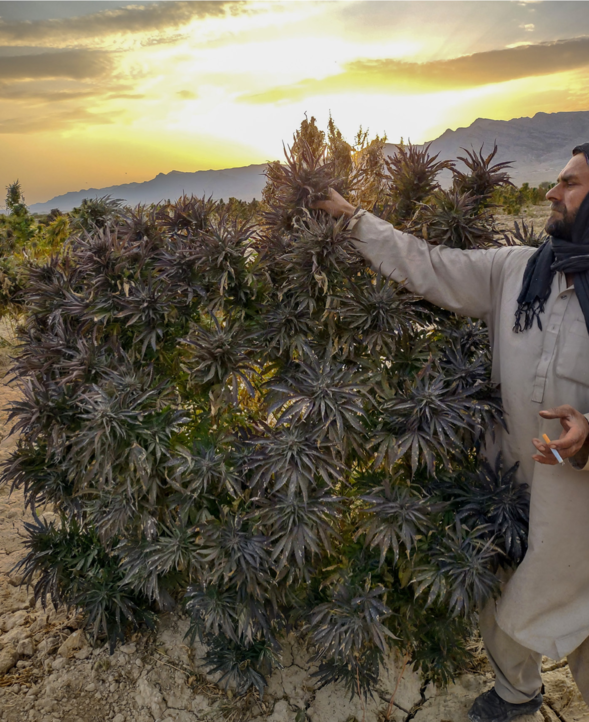
It’s observed quite often in nature that various organisms have the ability to contribute and influence the course of evolution of other organisms present in the surroundings. One of the best examples could be the natural pollinators who seamlessly pollinate our crops and other flowering and fruit bearing plants in nature. Afghanistan has a naturally low population of bees compared to the south east asian counterparts or even sub tropical highlands of India, Nepal. most of the species now used in apiculture in Afghanistan were introduced in 1965 by FAO. Most of the apiculture and natural bee populations are concentrated towards the eastern and north eastern hindu kush highland regions. The Northern plains being scarce in bee populations is abundant in a variety of beetle populations who primarily function as the natural pollinators in the northern plains. The beetle are naturally attracted towards the bitter and acrid aromas opposed to the bees which are attracted towards sweeter ones. This phenomenon leads to plants with bitter, acrid or uncommon smells to be pollinated more often than the sweeter smelling ones aiding in plant populations to express aromas which are not sweet or develop bitter acrid flavours in combination with the inherent sweet smell of cannabis.
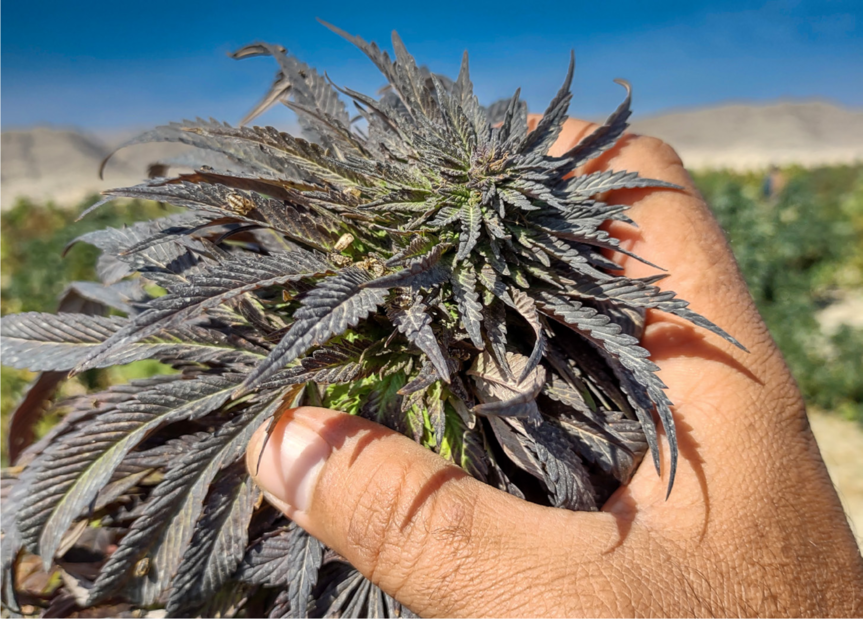
The complex aromas in cannabis or flowers are primarily to attract pollinators but in places like northern plains the plant populations are very often separated by miles of barren land patches with no plants or any green cover at all. It is much more difficult for plants with faint or subtle aromas to attract the pollinators compared to the plants with intense aromas that travel farther into the surroundings and facilitates the pollination through insects like beetles. This physical feature exclusive to the northern plains of afghanistan effectively acted as a natural selective pressure in narrowing down the cannabis populations with overall increased intensity of the aromas.
The drastic change in the terroir and tremendous domestication efforts by the farmers in the great northern plains of the afghanistan morphed the domesticated hindu kush highland cannabis variety into what is considered today the epitome of traditionally domesticated cannabis.
The impeccable and mind bending features we adorn in the hybrid cultivars, owe it to The Quintessential afghani cannabis boasting a short/compact stature, broad leaves, intense and uncommon terpene profiles with an impeccable high in their genes. This remarkable feat of cannabis domestication from the highlands of hindu kush to the northern plains of the afghanistan by the indigenous farmer communities of the afghanistan is the byproduct of a slow yet relentless evolutionary process kindred by the spirit of a unique cannabis culture in the heart of the central ASIA.
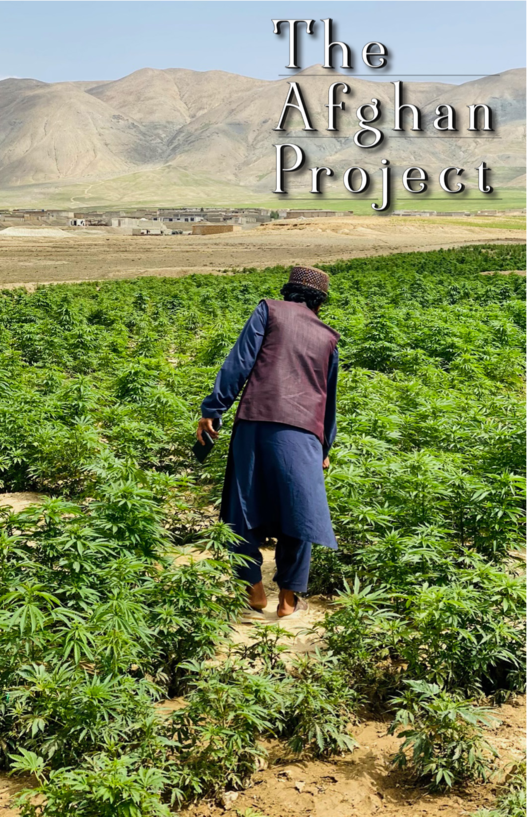
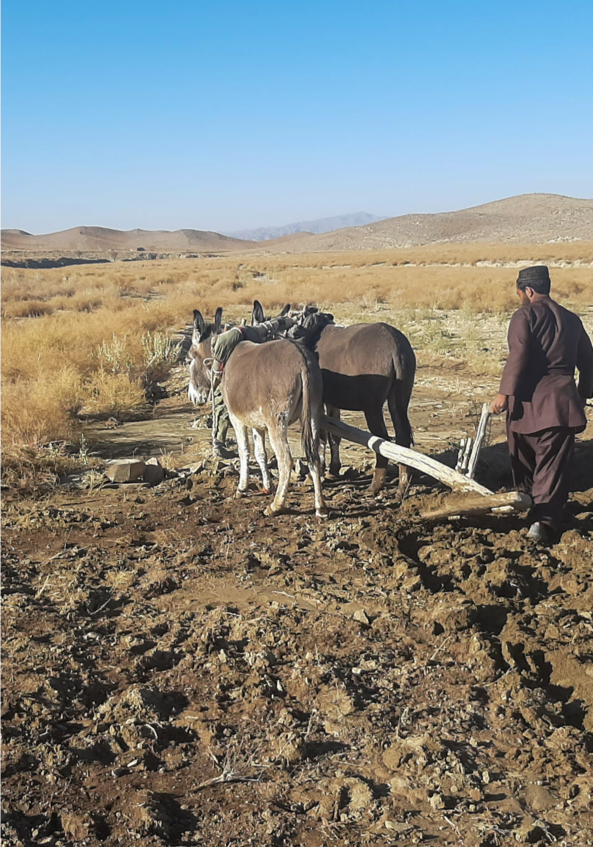
Before the sowing of the seeds takes place at the beginning of the season, farmers start by preparing the fields for it. Typically the farmers have to plough through very harsh soil types, generally consisting of Sand, silt and stones with Alluvial clay deposits.
The fields are ploughed with the help of a tractor or a conventional plough pulled by domesticated animals such as mules, cows etc.
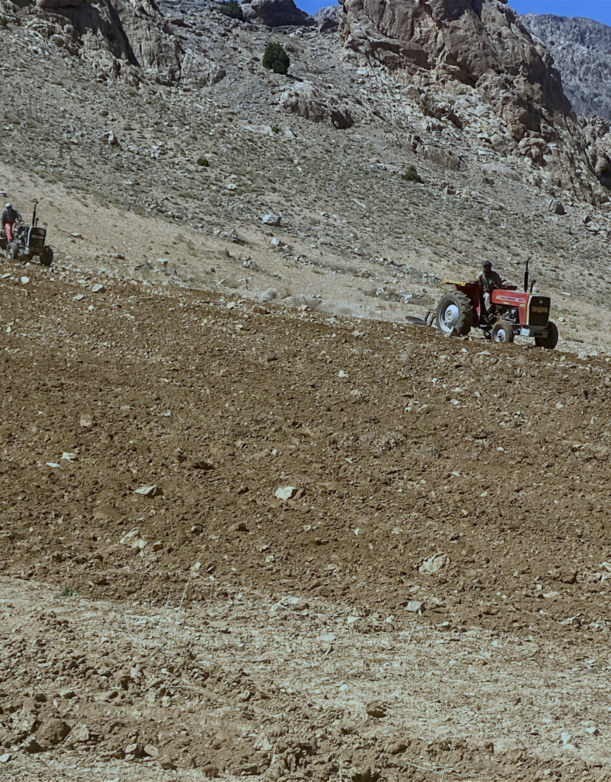
The fields are often started from the end of the slopes towards the plain of the valley to attract the moisture which comes down through seasonal streams or the occasional rains.
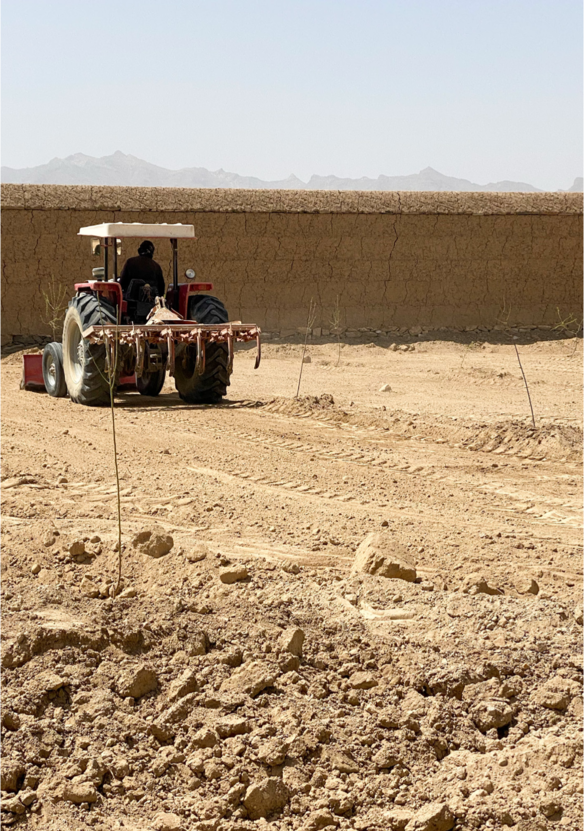
In order to get the fields ready they plough through the 5-6 inches of soil to rid it of the stones and other weeds, then turn it over leave it to dry in the sun and repeat the process over a few times before amending the fields with cow dung manure. Before sowing can begin the farmers have to arrange for irrigation, at-least till the seedlings have broken the ground.
The Landrace varieties adapted to such dry conditions have developed thick tap roots which are capable of penetrating the earth deep and find moisture for the plant.
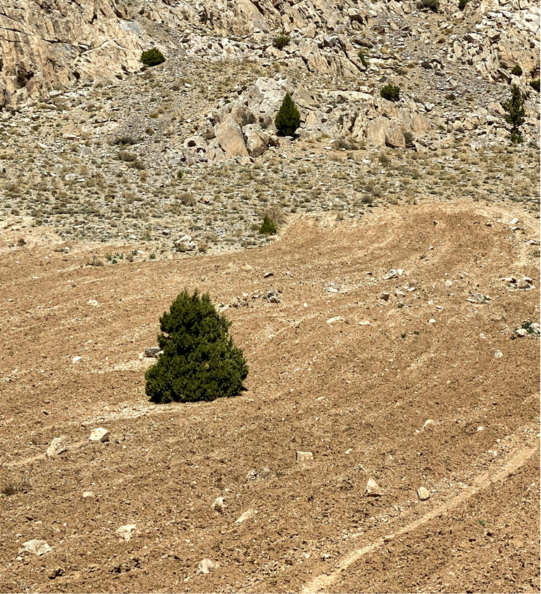
The seeds are sown in the most basic manner which is to simply scatter the seeds by hands, all over the field in surplus quantity to ensure a lush seedling bed. However, as soon as the sowing of the seeds is completed, these fields must be watered immediately, to get those seeds to germinate and take hold in the first few inches of the moist soil.
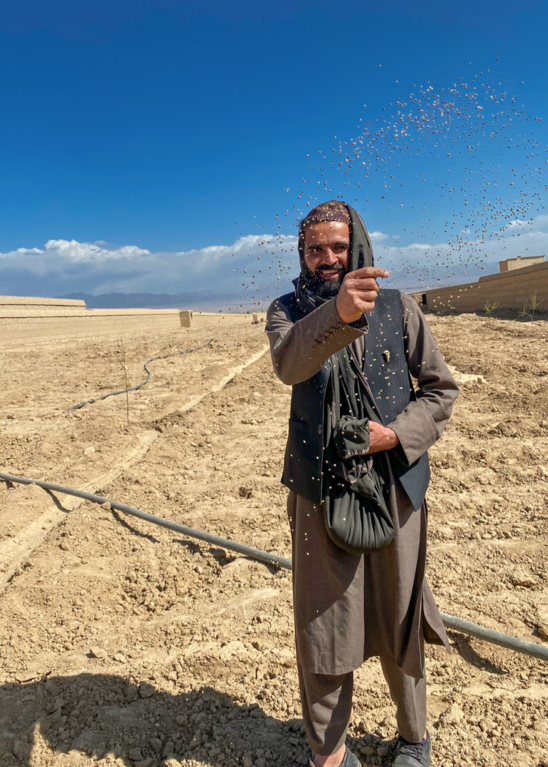
During this period (Early to Late May), farmers keep the water handy and make sure to water the seedlings as the temperature begins to soar during the daytime.
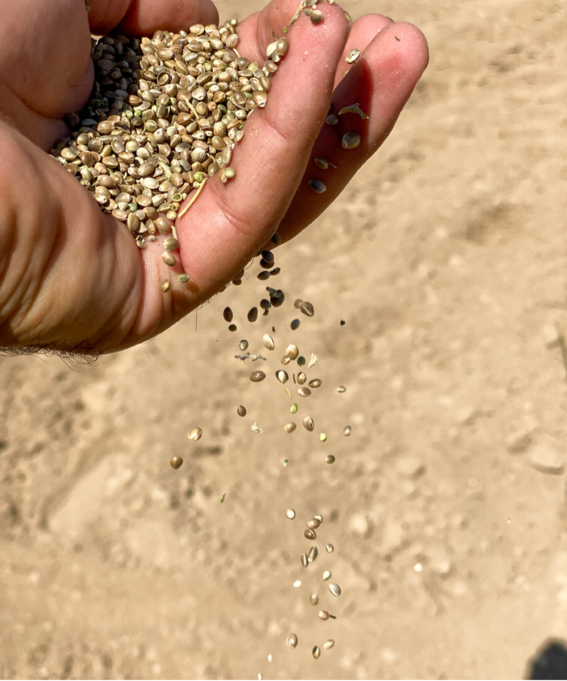
The water is typically brought to the fields from the nearest source by either thick pipes or make-shift canals. Karez system(underground canals which draws water to the fields with gravity alone) is also one of the indigenous ways in Afghanistan to draw water to their crops but that’s only possible for fewer locations. Overall the water situation in southern Afghanistan is dire and probably getting worse with time.
While more financially able farmers do get plenty of water at these times for their fields, most others; not so lucky farmers find themselves scrambling for just enough water to keep their crops afloat every season.
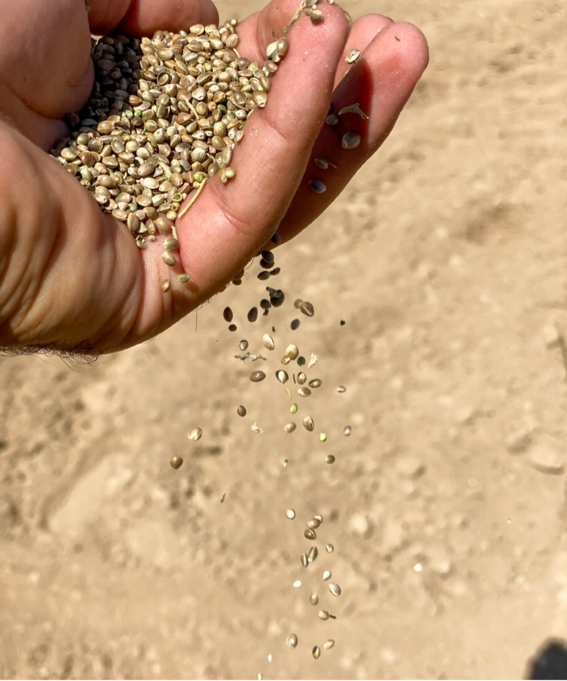
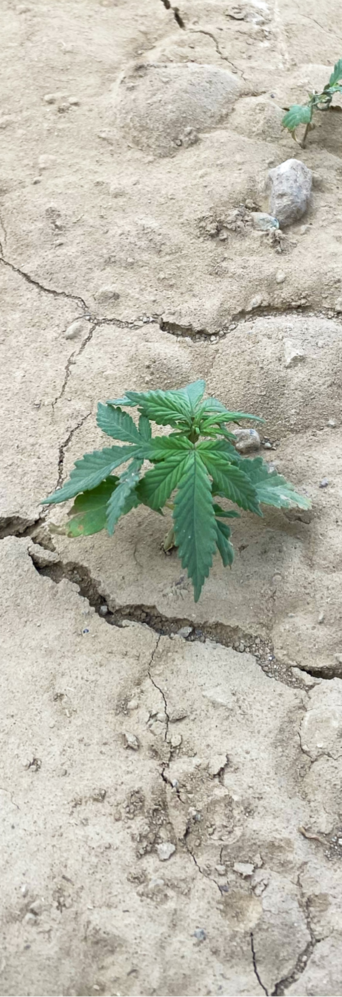
The availability of Water in Afghanistan is a complex matter, which can be looked from a few different perspectives. While the endless expense of desert in the southern territories paints a very dry picture of this region, but on the other hand the melting glaciers from the surrounding Hindu Kush ranges provides countless seasonal Brooks which are used in many different ways by diverting it towards the urban centres and large scale farmlands (mostly consisting of various nuts and fruit orchids) however, they still have to manage with lesser water than their needs and thus various farmers take help of Traditional Karez system coupled with Solar powered motors to pull out some extra water.
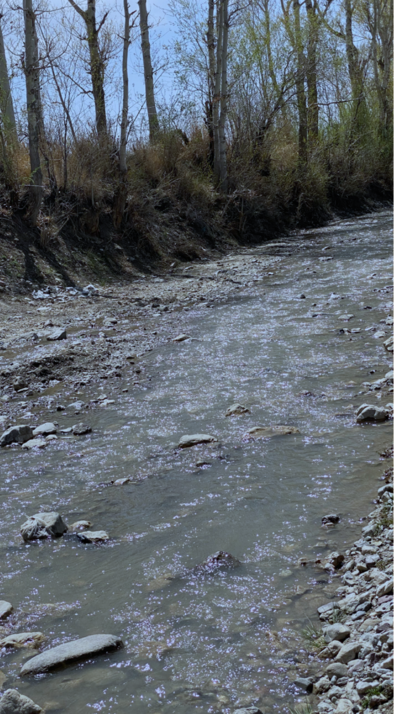
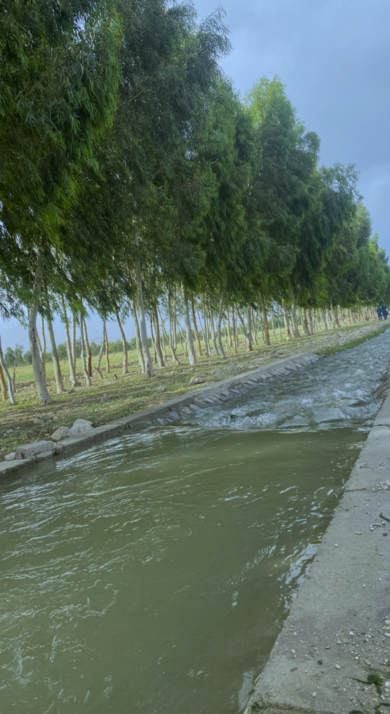
It is the rural areas and villages, where the water scarcity becomes grim. Often the water sources are located farther away from villages, and access to a canal to draw water off of may not be an option for everyone, at every location. This, most of the population living away from Urban centres in souther provinces are usually fully dependent on the melting glaciers from their daily drinking needs to irrigation of the crops.
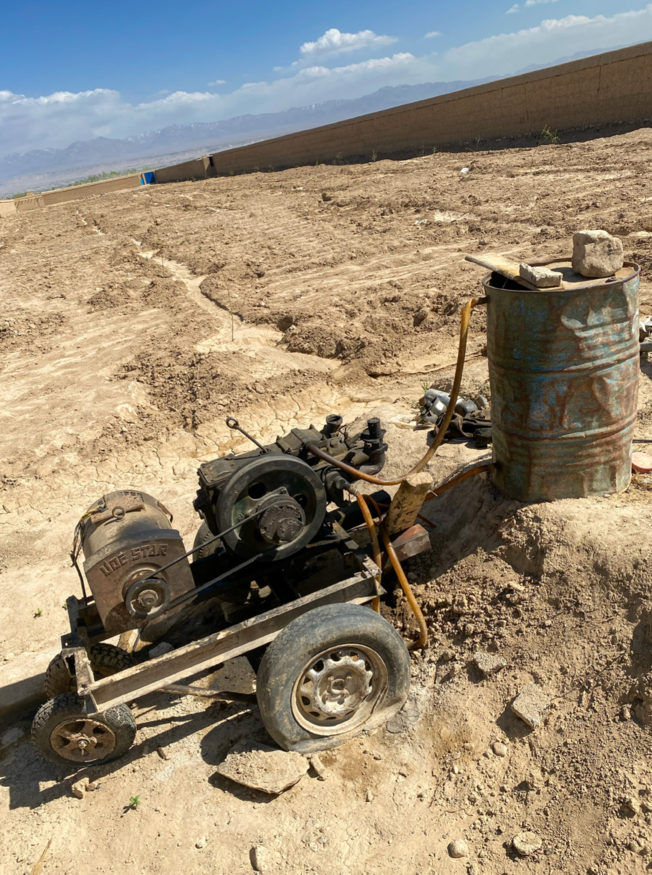
The seasonal streams emanating from the glacial deposits on the top of the surrounding mountain ranges account for almost more than half of the water used in irrigation at various southern provinces of Afghanistan.
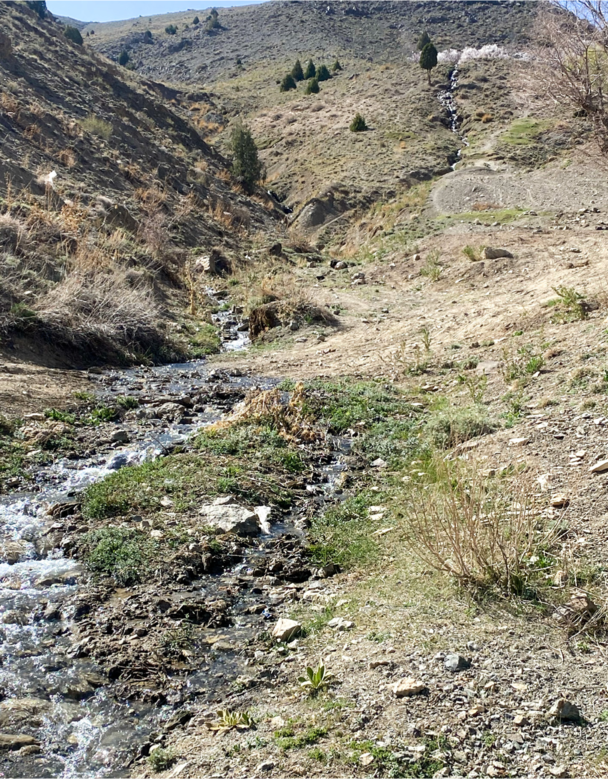
Rest of the population mainly the ones living away from any such natural water resource typically dig wells to access ground water, which is then pulled up with the help of a Motor powered by either diesel generators or solar panels.
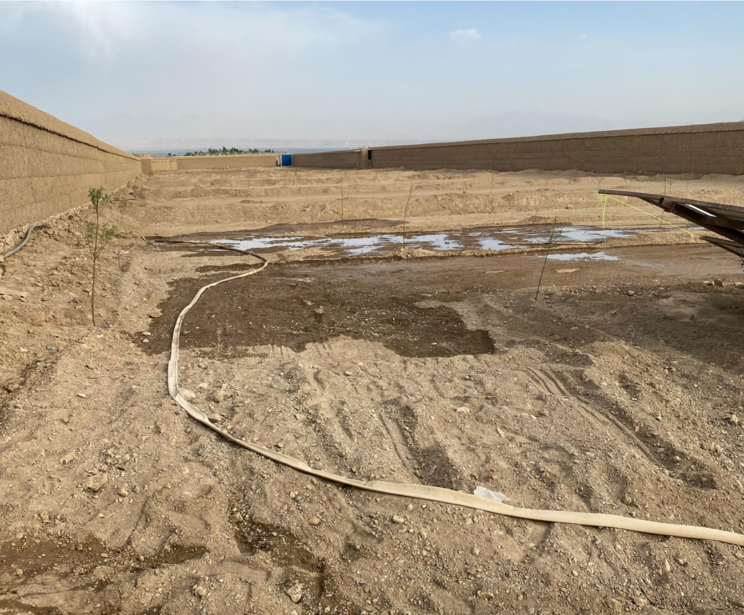
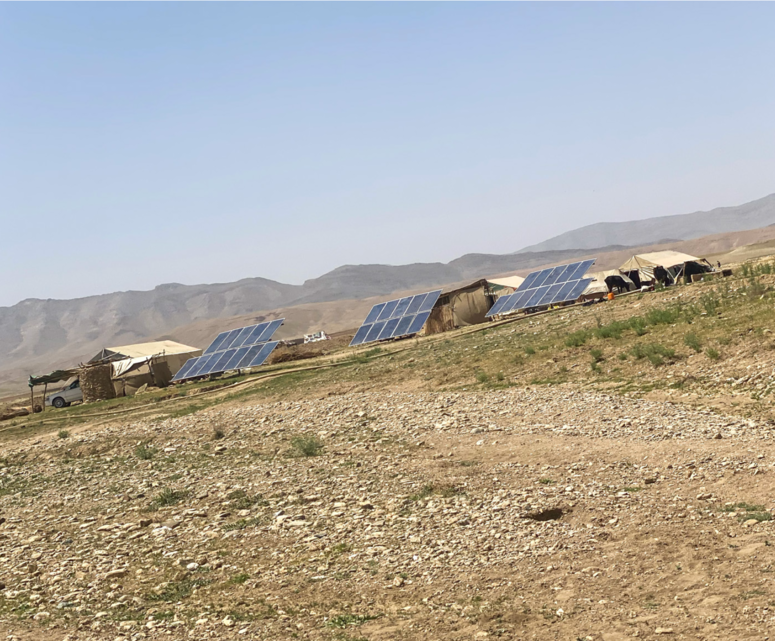
In random flooding, the farmers simply bring water upto the fields but doesn’t really have a system to ensure that water reaches to every corner of the field.
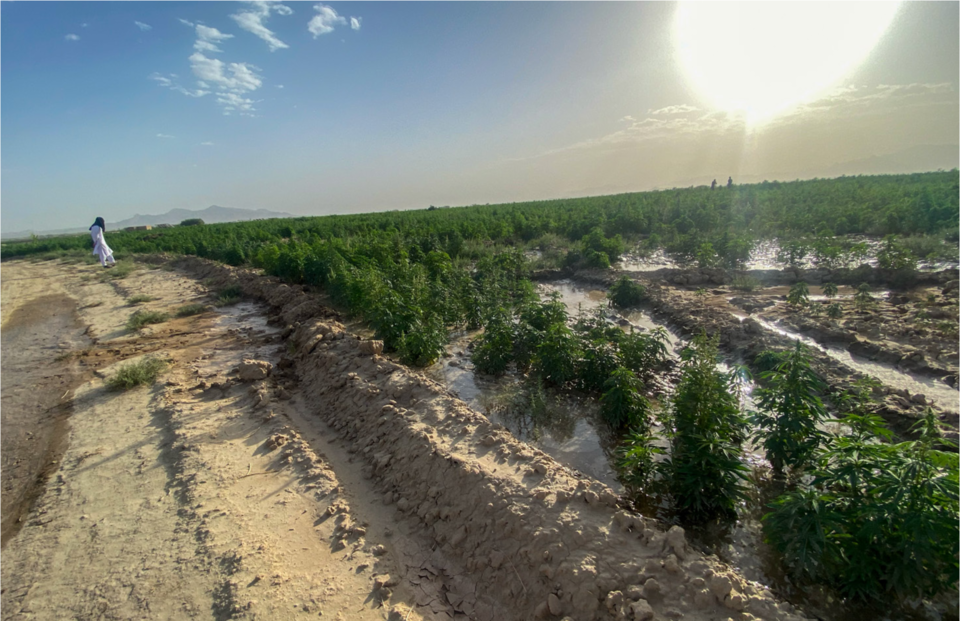
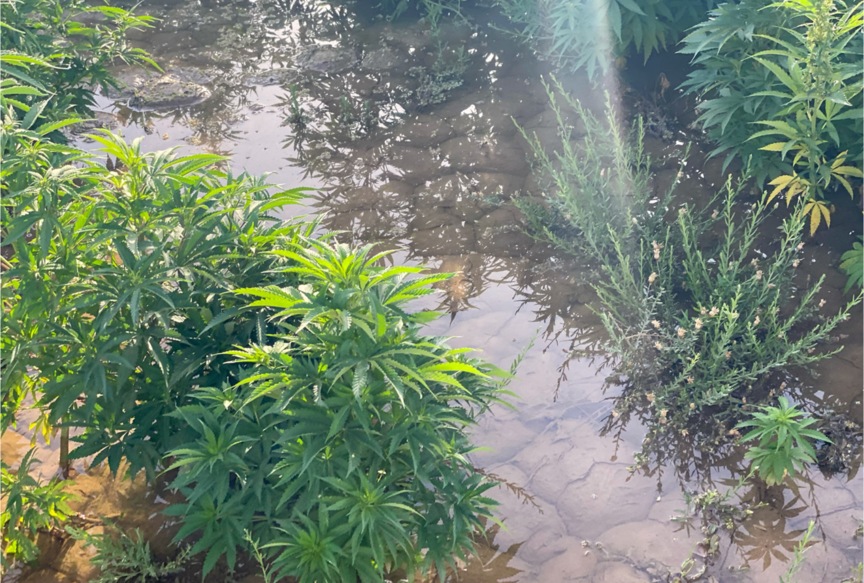
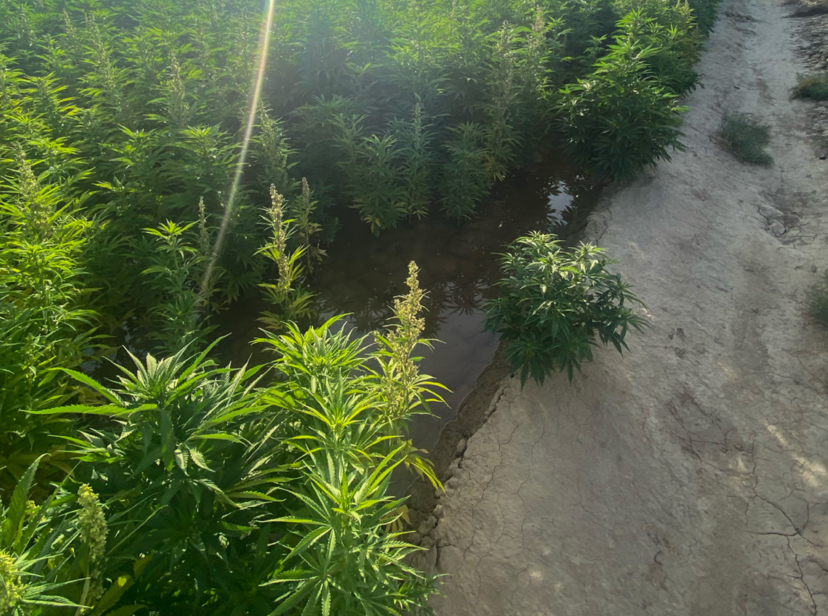
Depending on the orientation of the field the water typically gets accumulated at certain parts only, so the water is neither used judiciously nor effectively, when flooding in this way.
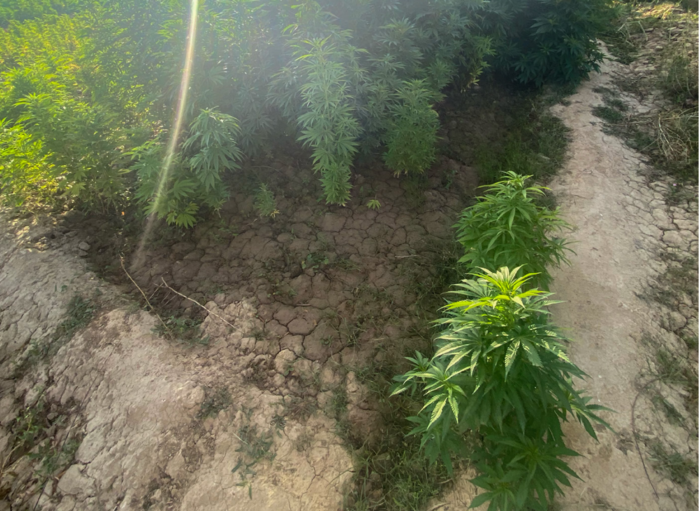
In systematic flooding, the farmers creates narrow and shallow trenches on the sides and inside of their fields (irrigable area) to ensure the water flooded through those trenches is channelised to every corner of the field. Making it a much more effective and judicious way of irrigating land in Afghanistan.
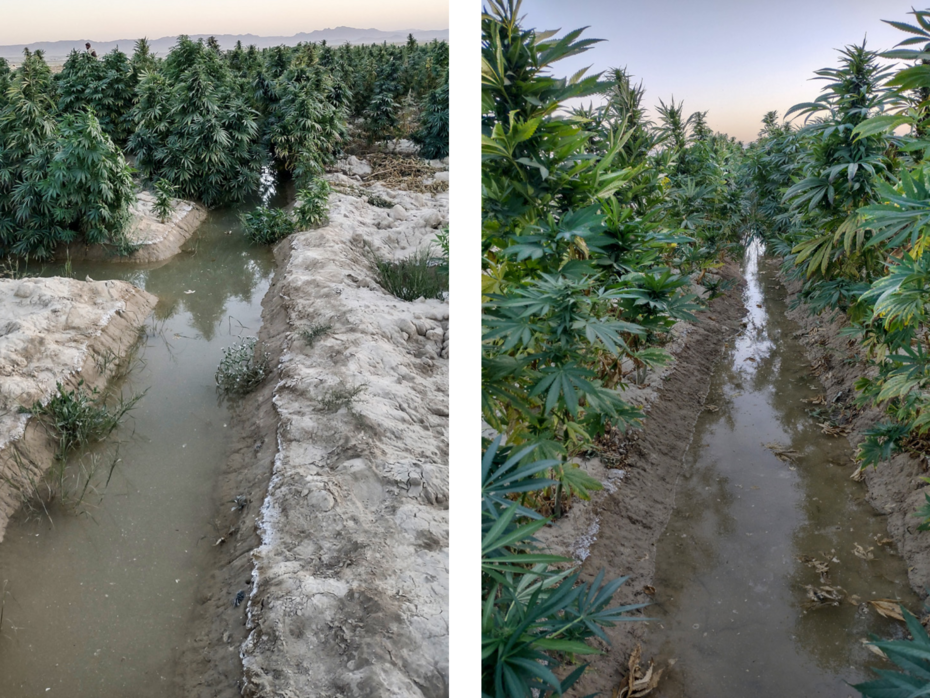
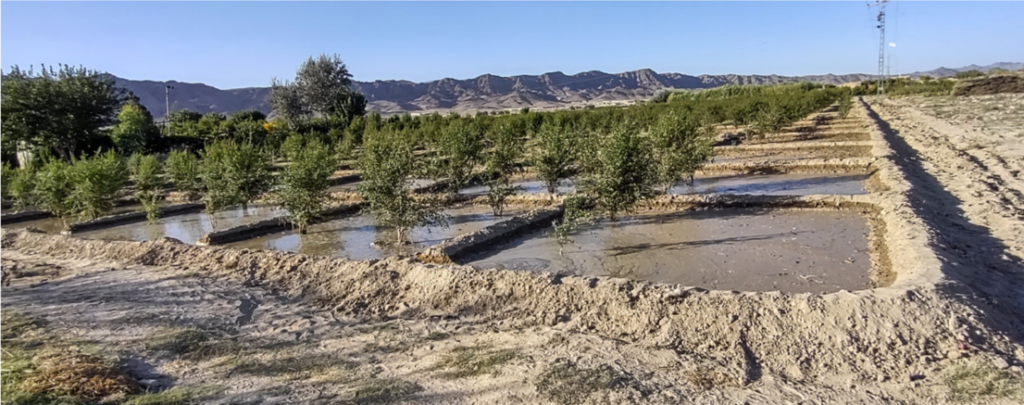
Some of the more able farmers , who depend on the Karez or Motorised underground wells, use PVC pipes straight off of the main outlet and irrigate smaller portions of enclosed land mass.
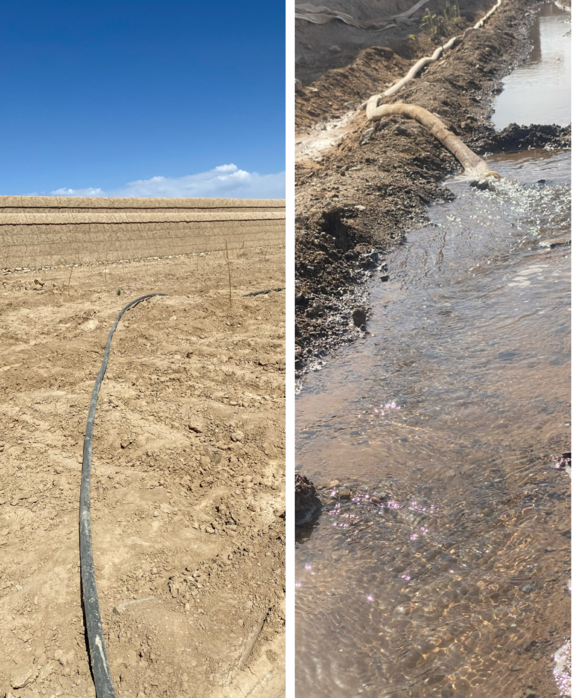
Completely taking out males at the onset of the flowering is confined to fewer farms, where the farmers have stepped a bit ahead of their cultural shadows.
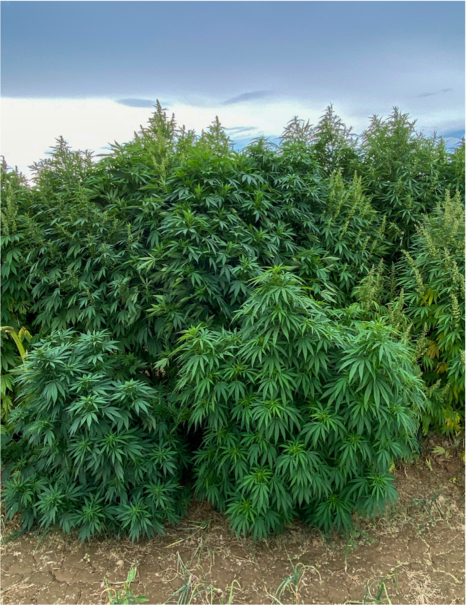
In Afghanistan, the farmers who strictly cultivate their own family heirlooms, tend to take out the males early and strategically leaving behind only a few robust males in and around the females. Usually, The bigger farms are owned by land owners who cultivate in massive spaces, as joint families, consisting of family members from multiple generations and relatives as well.
These farms have ample hands at work daily providing all the man power which is required to undertake the work from sowing of seeds to the extraction of resin each Season.
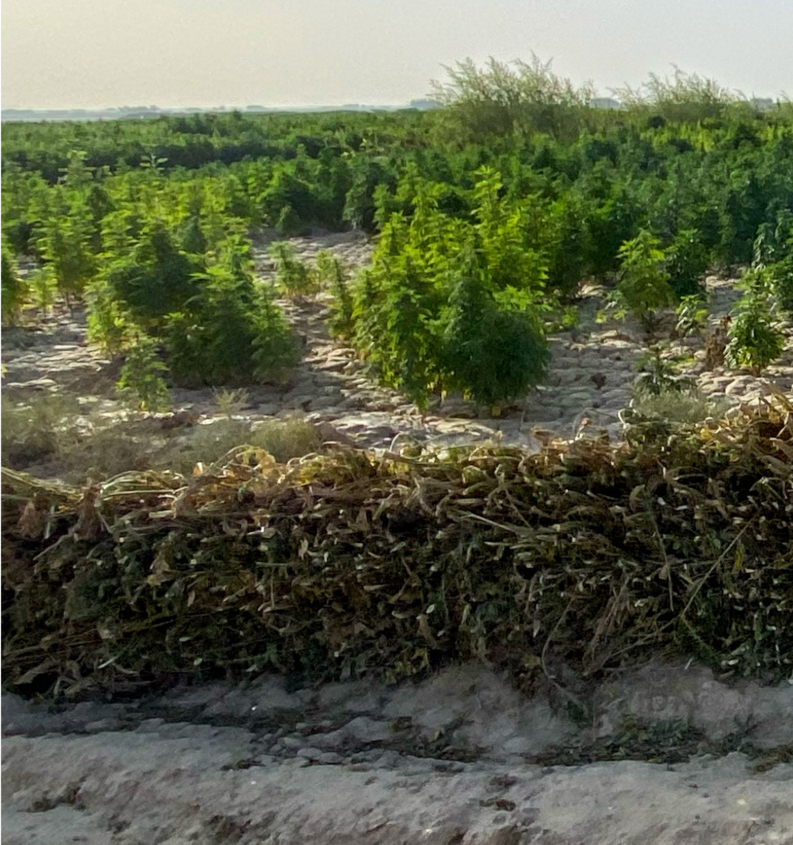
However, most of the farmers only have small pieces of lands and fewer hands at work. Hence, these farmers sow seeds inside or near the village in their small plots and do not worry about things like irrigation or taking out males at the onset of the flowering. As a result their crops are neither vigorous nor very resinous because of the males present in the fields through out the flowering cycle, the females invest most of their energy in making seeds for most of their flowering term.
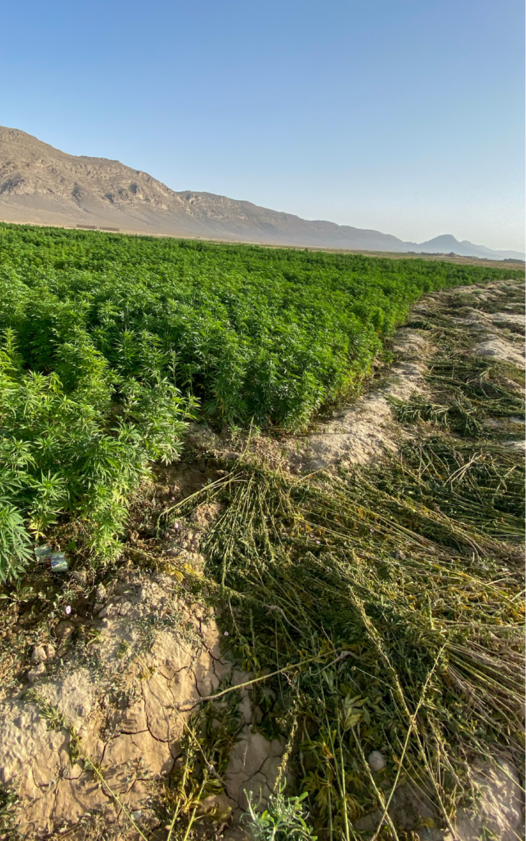
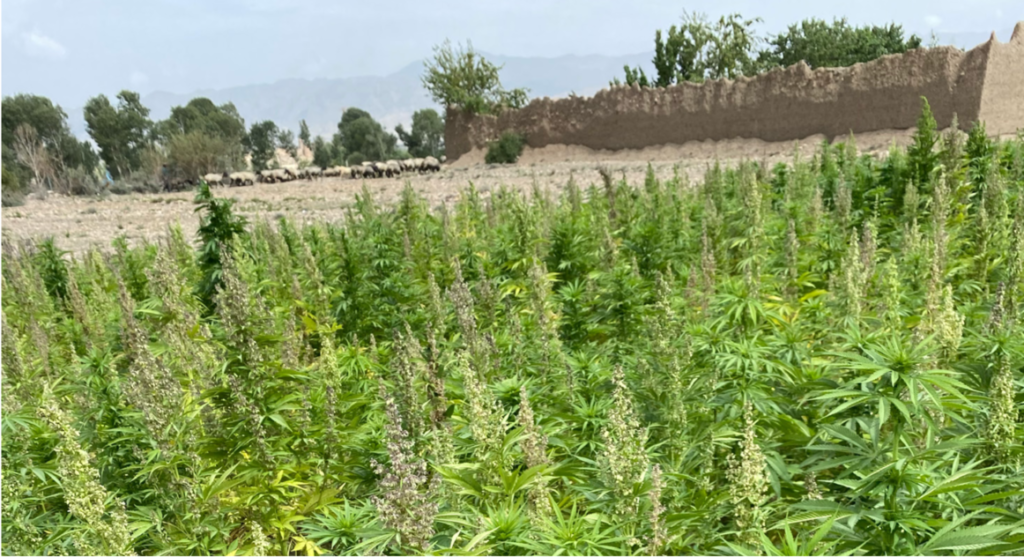
The criterion employed by the farmers to se- lect the males is quite simple and rooted in the de- sire of having evermore resin and vigor in their crops. The first thing they look out for is a robust frame that sticks out of the female buds and shows strong branches with thick clusters of pollen sacks. Apart from this, farmers tend to favour males that expresses some kind of color on the staminate bracts or the leaves.
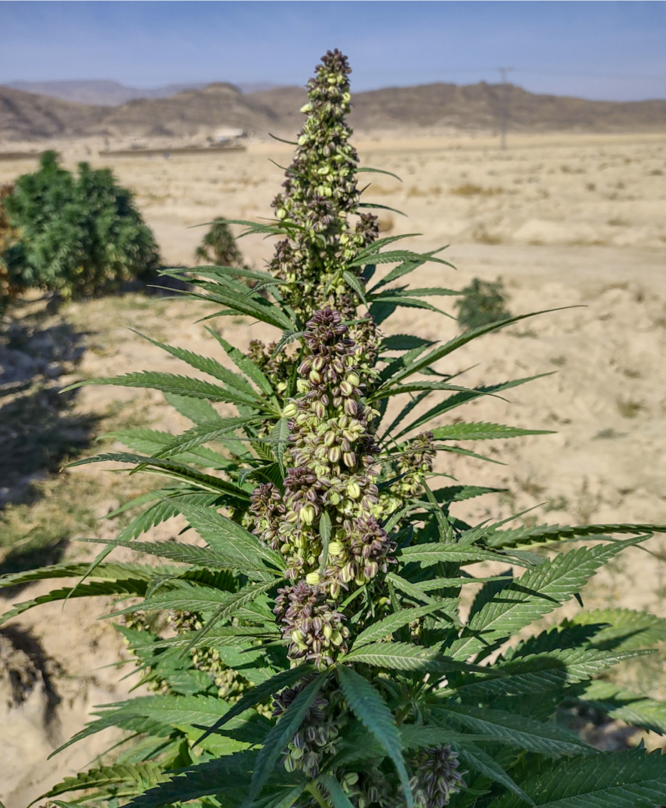
The other noticeable feature of their male selection is the amount of males they use against the females. from what is observed the farmers leave approximately 1 male for every 3-500 females in an open, unobstructed field.
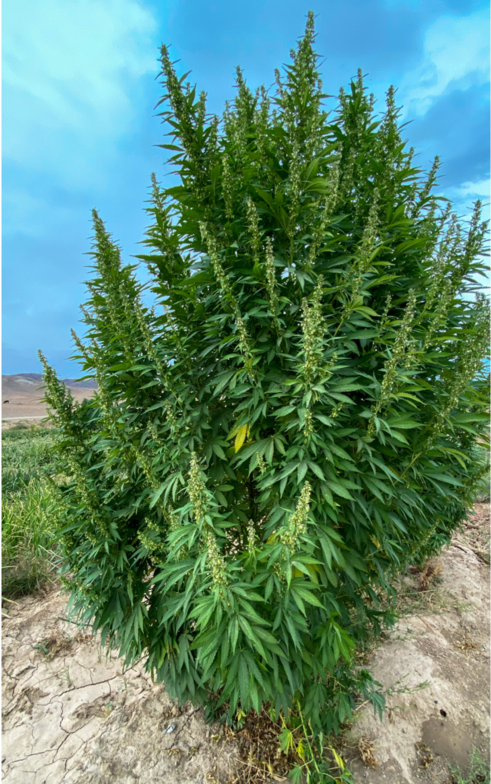
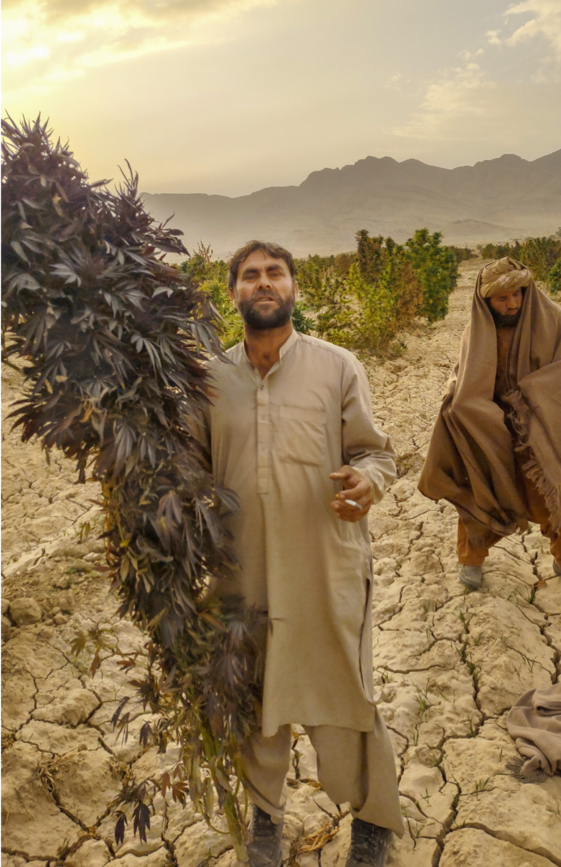
The Afghan project spanned mostly across the previously un-ventured provinces of Afghanistan along with the notorious Kandahar for it’s foul and rancid smelling populations. We started off with our favourite district in Kandahar, “Maruf”
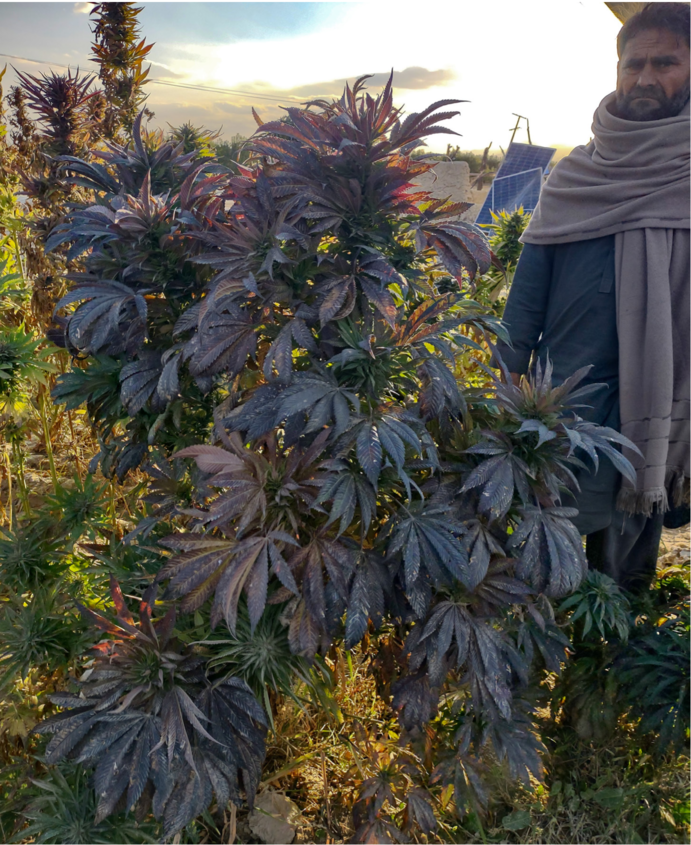
Kandahar has long served as one of the best places to hunt for cannabis genetics, The reason being? The stupendous diversity this province offers in terms of cannabis expression from one population to an-other; is simply unparalleled by any other province in Afghanistan.
Kandahar bordering with Balochistan, has often found itself at the heart of the most ancient and busy trading routes. The farmers from this province, are accustomed to bringing seeds from various parts of their country such as NorthEast(Hindu Kush mountainous regions), central highlands or northern plains and planting them together in medium to small patches near their houses.
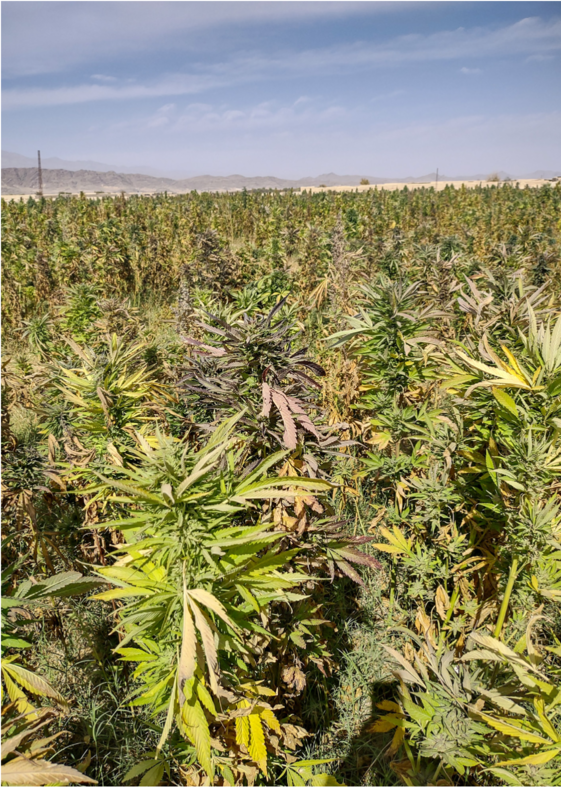
However, this type of plantations are considered as the secondary crop, which often stays shorter or less vigorous due to not being tended to like they tend to their primary crops which get bigger and are planted farther apart as well.
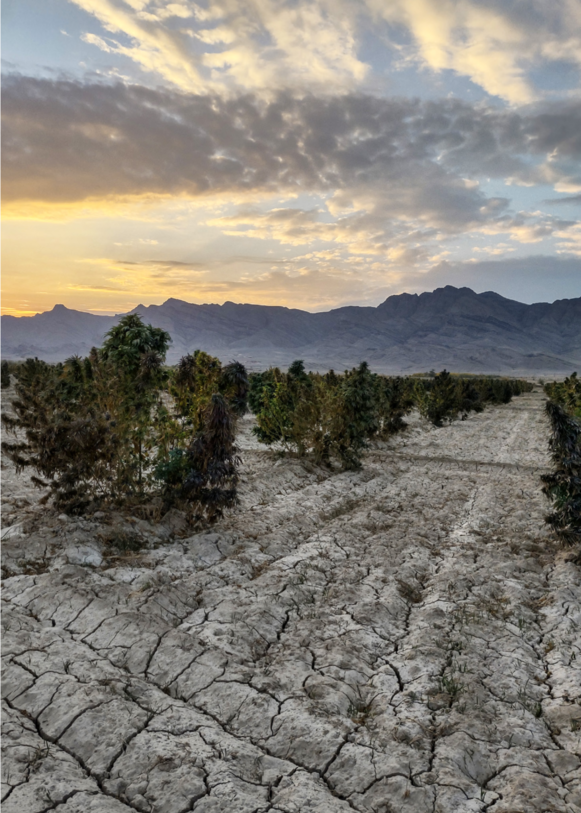
This female was our first pick, it had turned beautiful colors on both leaves and the buds ranging from completely red to deep pinkish. with a sturdy upright tree like structure that is apparently capable of with standing high speed winds and rough outdoor conditions.
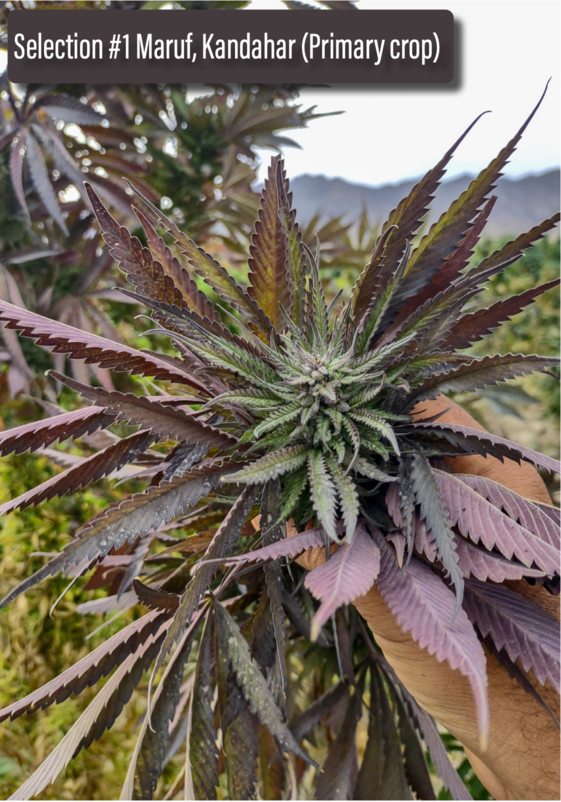
The smell on this female was fierce and featured extremely foul, hydrogen sulphide based smells, such as rotting eggs and flesh.
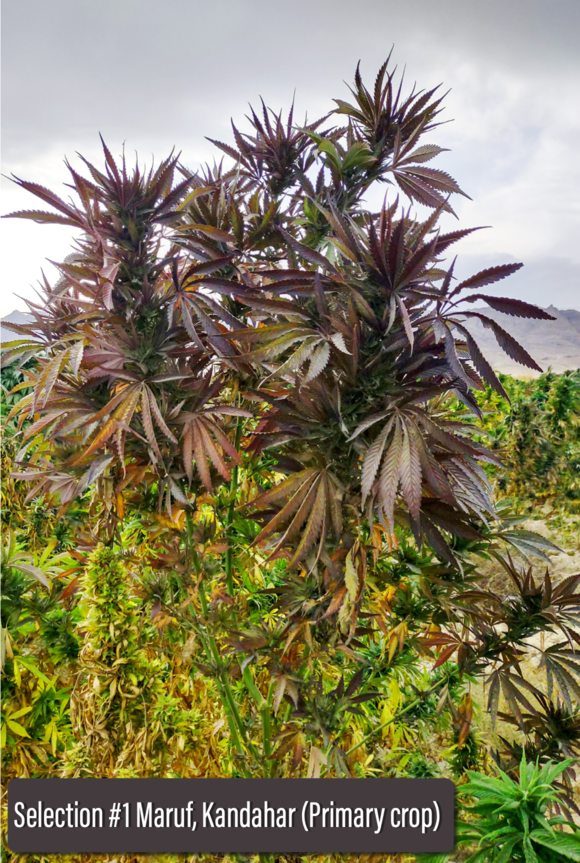
Maruf in Kandahar is actually located right at the cusp of the Afghanistan/Balochistan border, a mere 165 Miles away from Quetta the capital city of Balochistan. Strong winds blows each year, through late September to almost till the end of November. Being a desert, that it is, everything here stays covered in dust and it’s really a tough job to make your crop look good outdoors right till the end of the season.
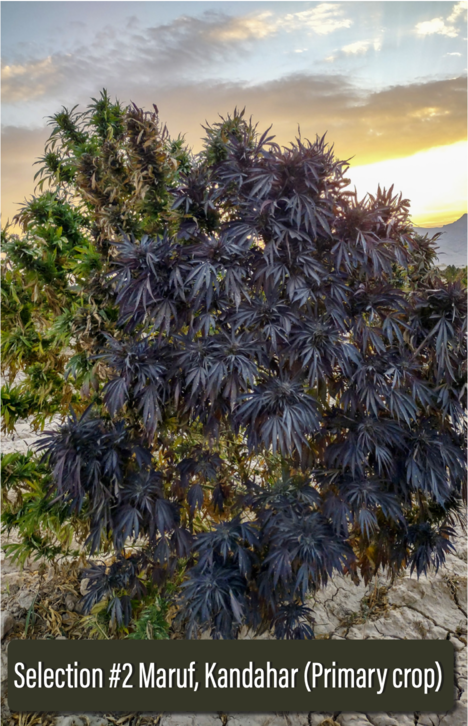
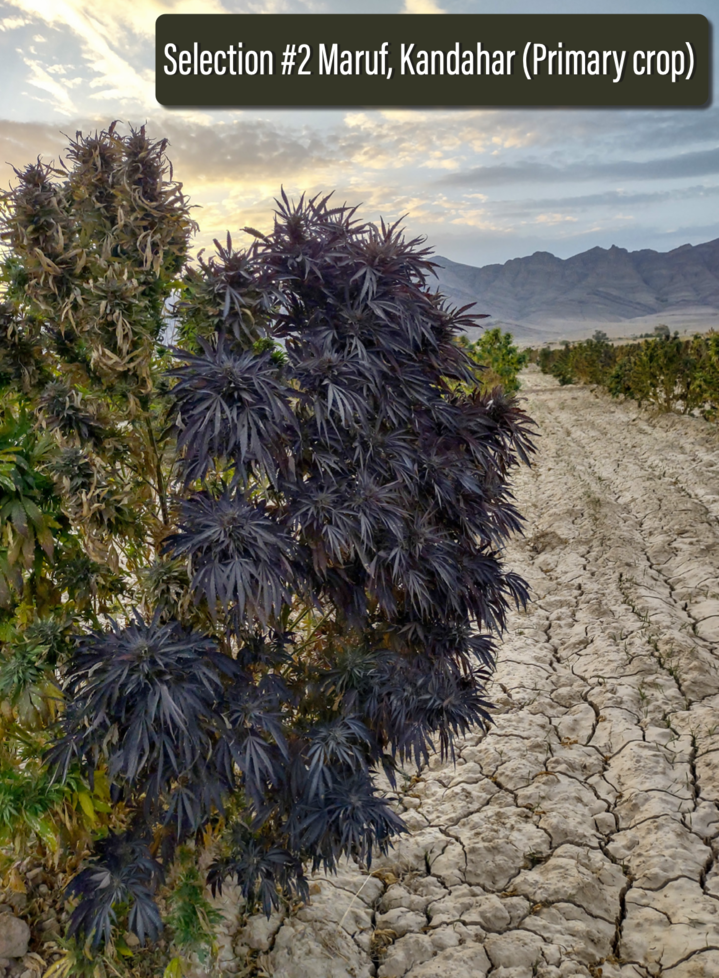
This female was a special one, featuring an even tone of deep red/maroon color inside out on the leaves and the bracts alike. Despite being out in the open it didn’t show a spec of damage from the harsh environment or any pest related issues. The aromatic experience was at par with what we’re looking to select for the Red selection, i.e. a foul rancid profile.
This female also had an upright and sturdy structure, the main stalk was thick and able to with hold the side branches starting out right from the bottom of the trunk giving it a bushy look.
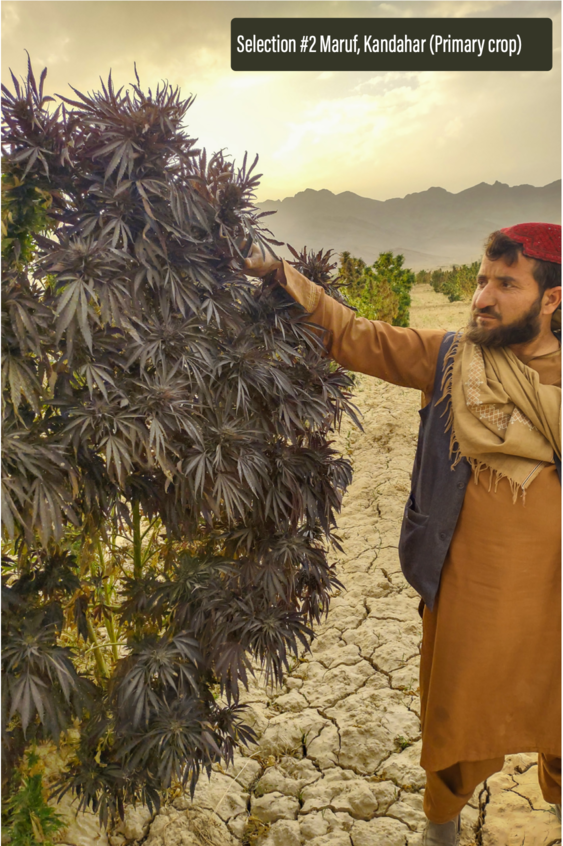
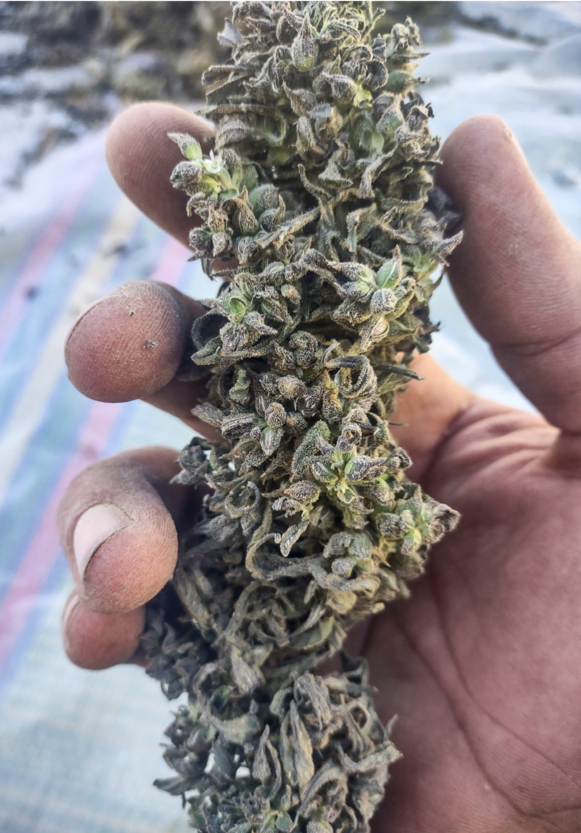
While, this beautiful Red selection boasted a rancid terpene profile, but at the same time it also exhibited a sublime over all looks, courtesy of the anthocyanin bath, which had the entire plant painted Red from top to bottom, putting the Japanese Maple plant to Shame.
This plant was selected as one of the selections from the secondary crop at one of the first reasons to select this particular plant was the, spectacular bud structure with the quintessential Kandahari deep serrated leaflets around the buds. This plant from the secondary selection had a short and stubby frame and a great bud to leaf ratio as well.
The flowers were absolutely smothered in resin glands, carrying a sweet ladies perfume like smell with hints of spicy aromas.
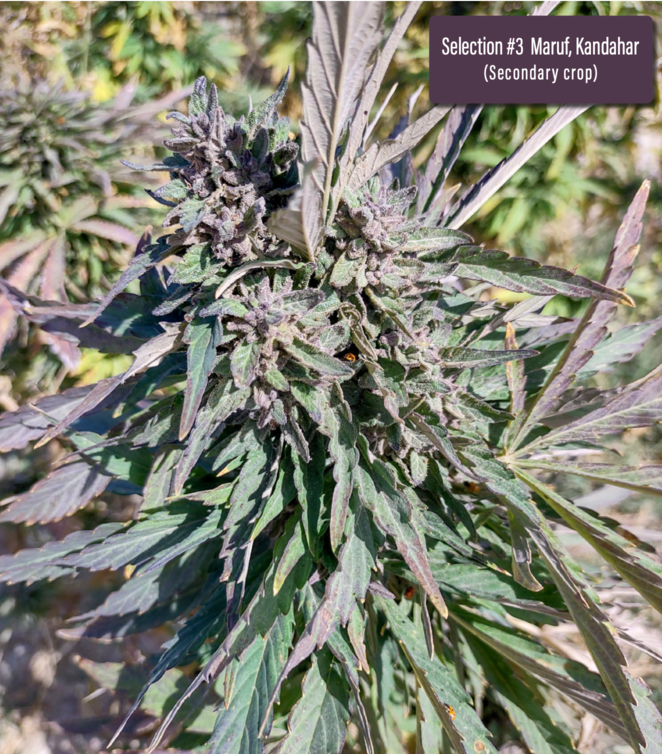
A real chunky selection from the secondary crop of Maruf, this bud was nearly as fat as a human head. While this plant had stayed green all the way into the finish, it was a bit leafy but still huge yields of strong smelling flowers. The aromas ranging from Astringent piney, spicy to diesel like.
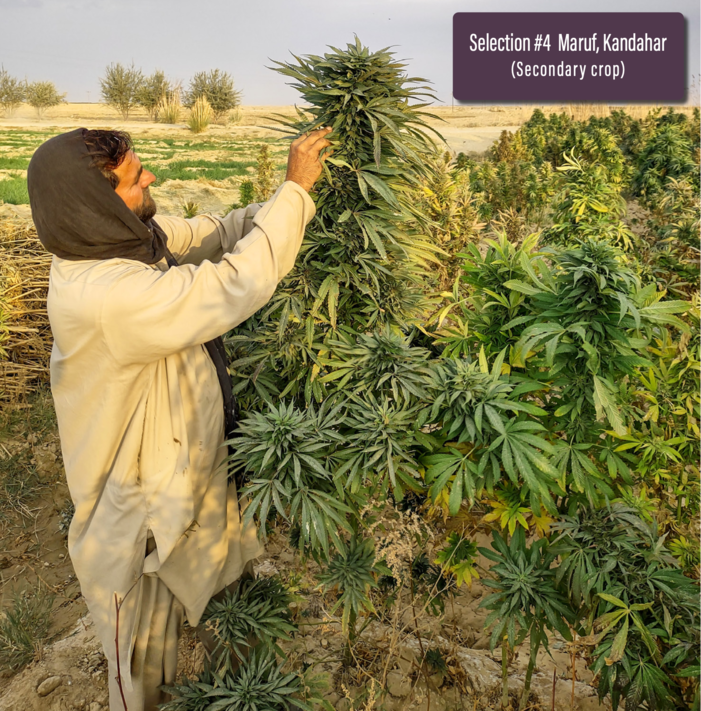
There’s a lot of plants in the secondary crops which were absolutely caked up with resin and has good yields and other desirable features However, most of those plants are either affected with aphids or covered in thrip larvae So, we only narrowed down fewer selections in the secondary crop at Maruf, Kandahar, which showed resistance towards these pests.
Daman Village, populations without a doubt, were one of the most diverse looking crop we’ve ever ran into in Afghanistan. Even a small patch shows great phenotypic variation amongst the individuals, wherein plants could be seen express- ing features from both end of the spectrum, be it the over- all structure, leaf broadness, bud structure, smells etc.
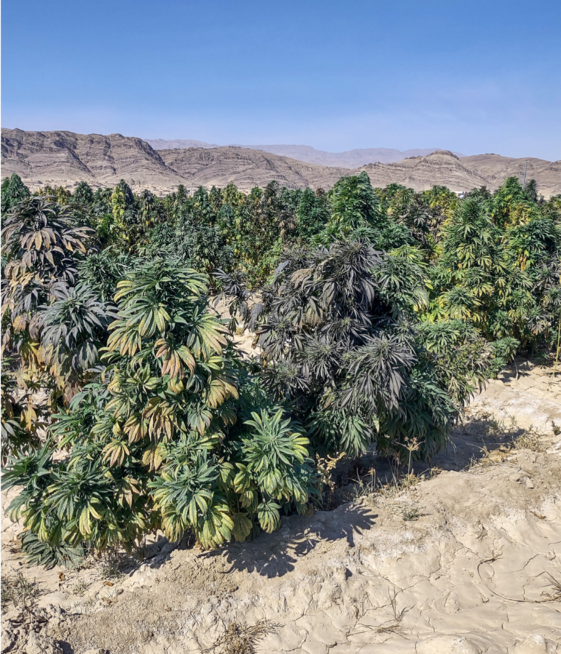
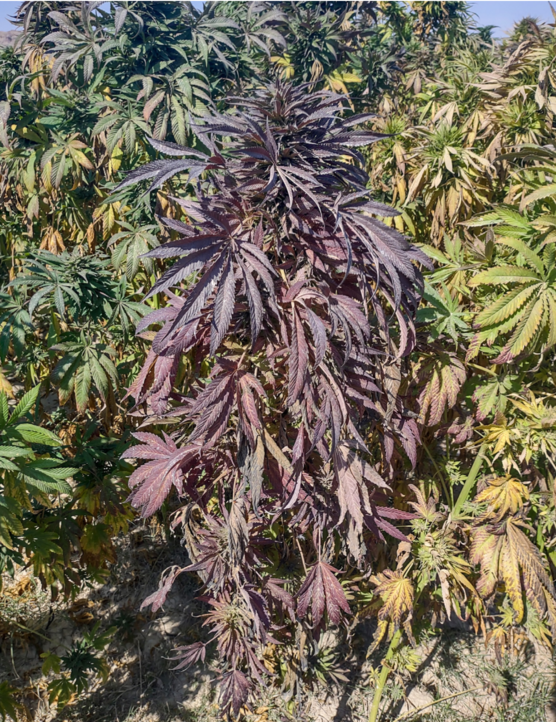
To start off, We were looking for plants with good vigour but with a short/stubby frame as much of the population in Kandhar no matter where you go in this province Seems to be taller like longer flowering hash plant varieties, so having a great amount of diversity in this population gave us a good chance to find those squat yet vigorous plants from, this particular farm at Daman Village in Kandahar
And, Here’s what we found to be a near perfect embodiment for a short, squat, yet vigorous plant. While we did find a few other spectacular females but this one just tops all of them, head and shoulders.
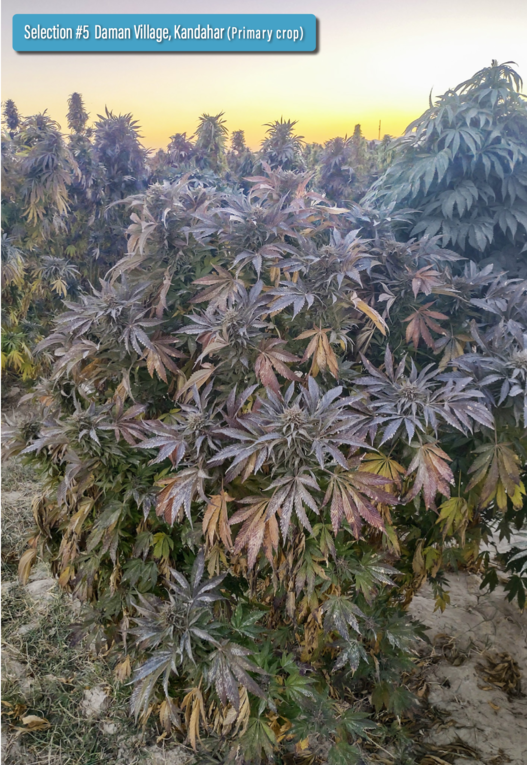
Multiple tops on this plant emanating from its natural structure without any training. Colors weren’t as lucid as we would’ve liked but that’s not as important as the other features on this female, such as the beautiful compact buds, a decent leaf to bract ratio, and Deep seated funky aromas, rang- ing from Astringent piney smells to diesel and species. This profile also seems to be quite prevalent amongst this particular population.
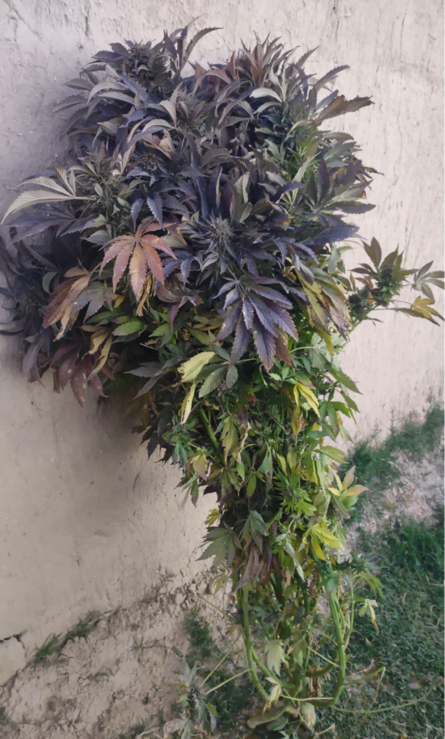
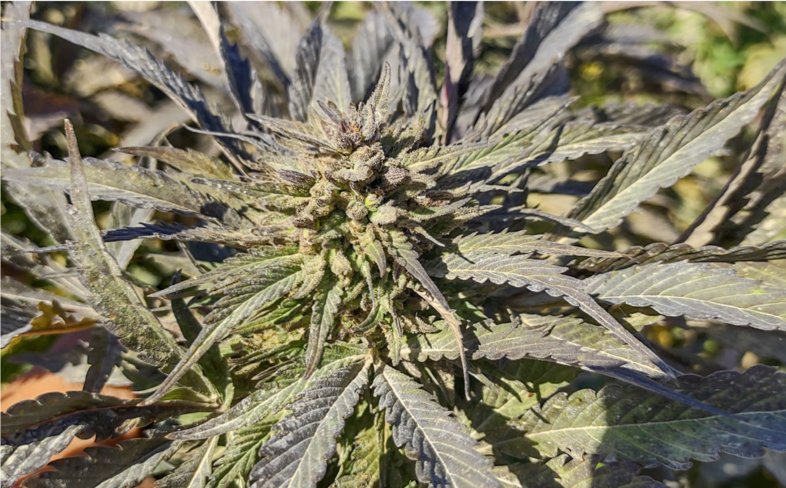
After selecting the female with a squat/bushy structure from Daman Village, Kandahar. We immediately turned our attention towards the polar opposite in terms of the structure i.e. Tall and upright. This female here was definitely a looker, she had completely black fade on it’s leaves accompanied with good yields, of buds that reek of a musky, piney smell with a side of sweet berries.
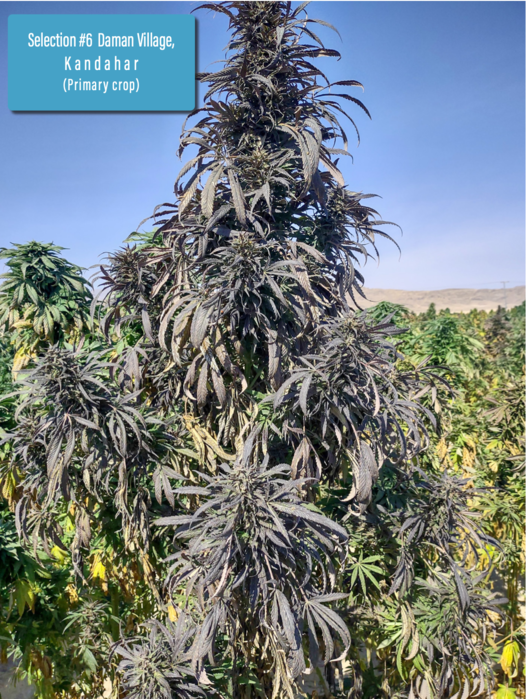
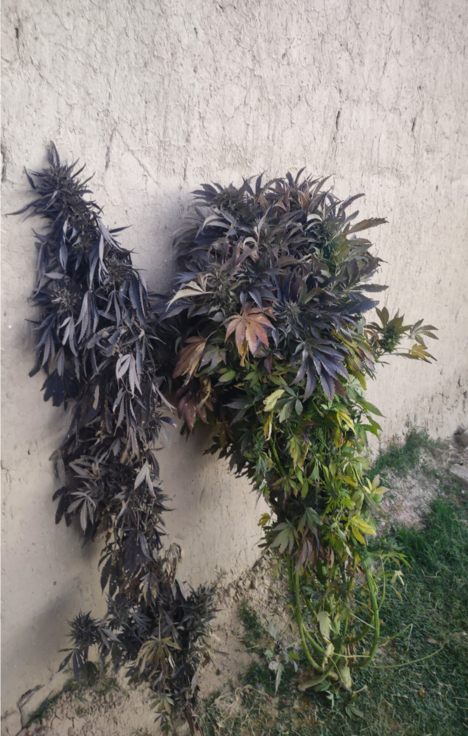
Now, that we had both A short and a tall selection from this farm, we went for this female with a balanced structure, which isn’t as tall but it doesn’t feature a squatty structure either. However, the bigger incentive was the absolutely impeccable bud growth with a desirable bud to leaf ratio. There’s simply one long cola sticking out of the plant around 5 ft. And fewer side branches at the very bottom of the main stalk. This female had embodied a flush black color on buds and the leaves alike.
Featuring a very nutty/almond like muffled smell with a strong Diesel background.
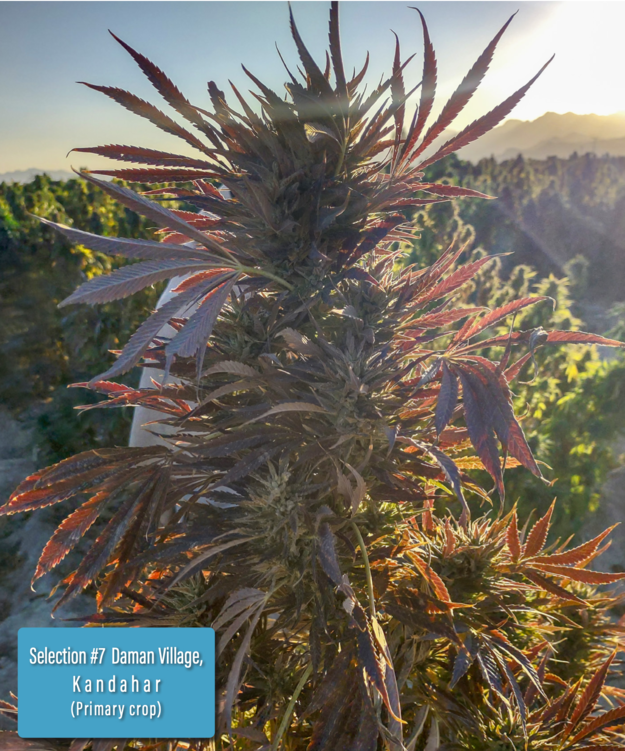
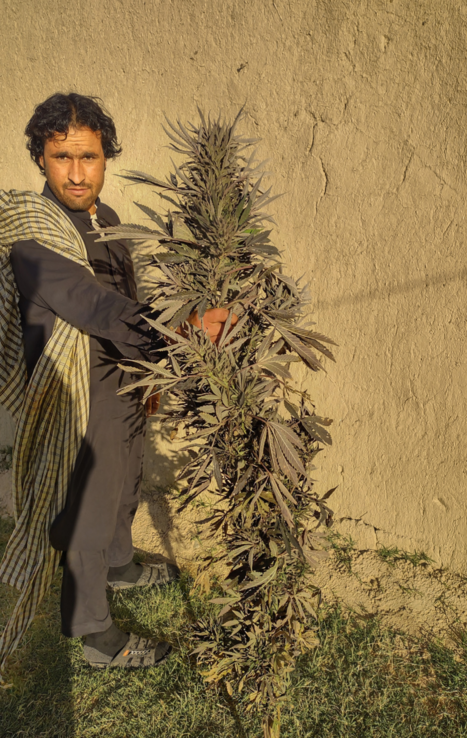
This was our Final selection from Daman Village, Kandahar. Just when we thought we have seen it all, we found this one. This is both Tall and bushy, starting right from the bot- tom of the stalk giving it a round look yet having a clear apical dominance that sticks out like a mosque dome.
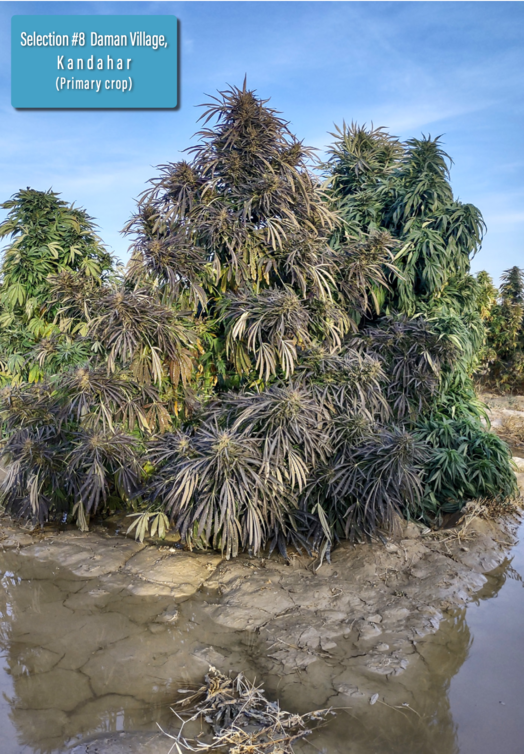
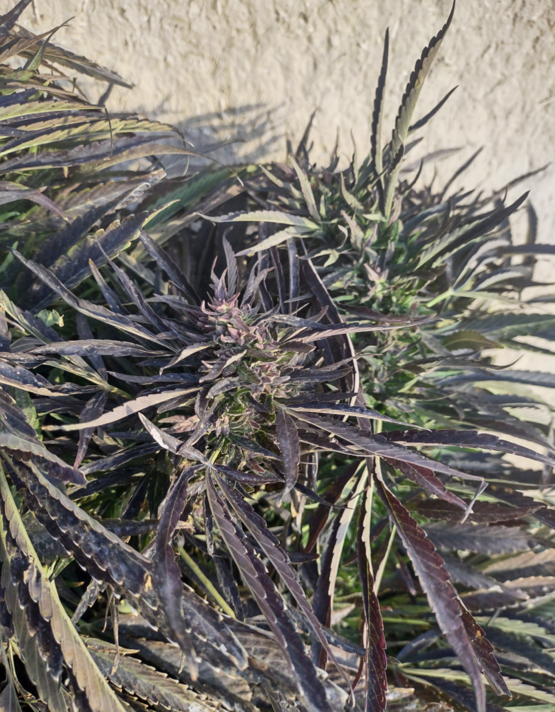
This is one of most impressive structures one could find here, and all of that with extremely narrow leaflets, in flush purple color.
The bud growth on this female is above average, which is evenly covered in a thick layer of trichomes.
This plant had all its leaves, branches and buds intact all the way to the harvest (Early November) This beast features a strong yet complex smell, that includes aromas of fresh Earth, nuts,diesel and spices. An absolute treat of a profile, with the smells moving in all different tangents but mostly influenced by the strong notes of diesel.
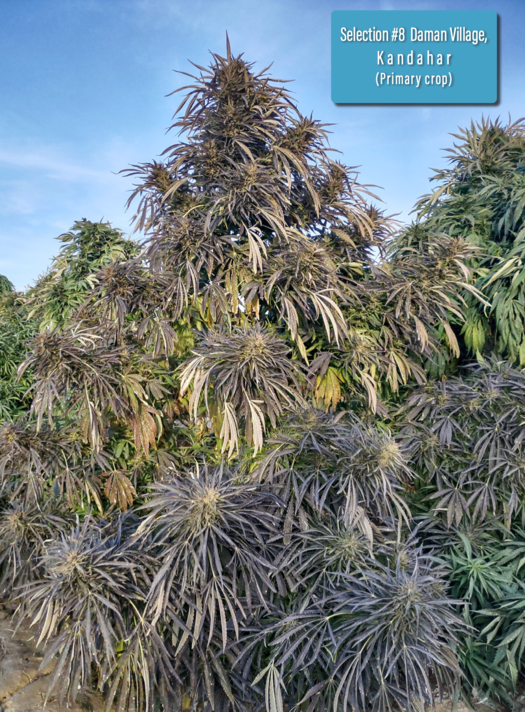
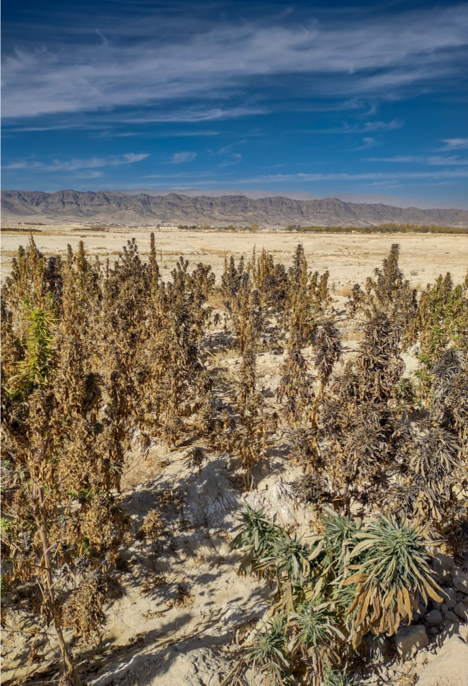
Logar Province is located at the South East of Afghanistan, bordering to both eastern highlands and the southern territories. It borders with Nangarhar, Kabul and Ghazni making it one of the busier places in the country.
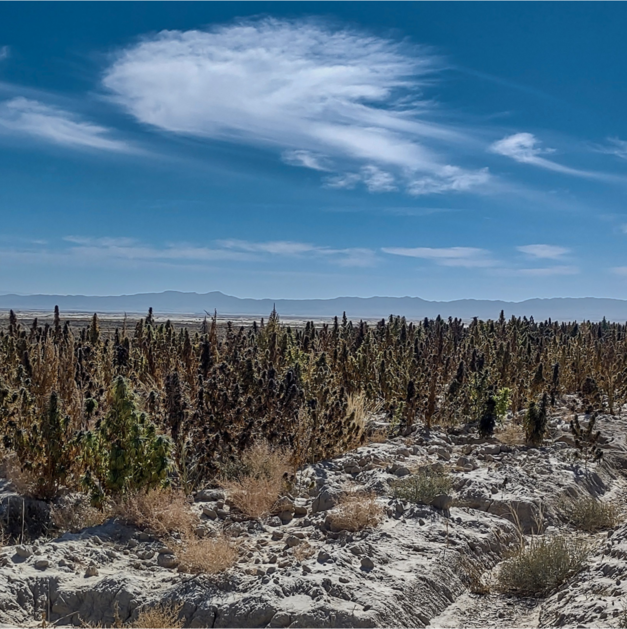
We filmed some of the fields here during the vegetative stage and came back to same fields to see how they had shaped up leading upto the apex of the flowering season. This year, a lot of crops which were standing lush in the vegetative stages got destroyed and cut by the Talibani administration and places like Paktia, Kandahar and Ghazni were some of the prime victims, taking a massive toll this year and will possibly continue to suffer under the restrictions imposed by the Talibani admin. On cultivation of Cannabis in Afghanistan.
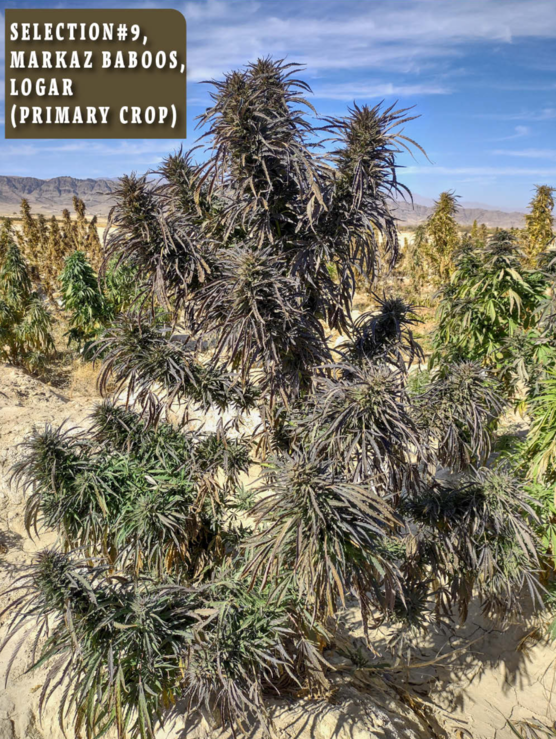
This female was our first Selection at Logar Province, with extremely narrow leaflets, a unique phenotype amongst the more broader leaved population. But there’s a lot more to it which makes it quite different from the other selections we have seen so far.
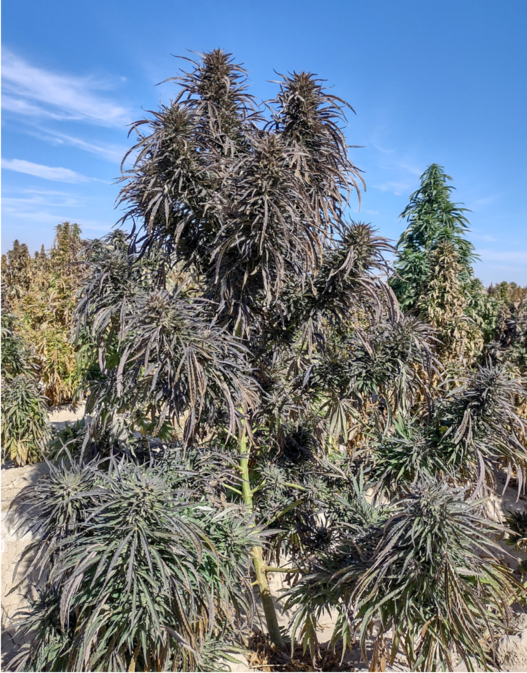
The leaves on this female were fading to black, while the buds were compact and also covered in dense layers of resin glands. Along with the decent yields it carried a strong paint thinner/toluene like smell, the smell was so intense that it would linger onto the hands long after the flowers were touched, while leaving a trail of sharp thinner like aroma, as if wood is being painted nearby. It also features a beautiful structure that consists of a thick main stalk and closely held strong internodes, starting right off the bottom of the main stalk.
The final selection was this tall female completely black/purple leaves and buds She had a great upright structure with strong side branches also sticking upwards with heavy yields of resin coated flowers.
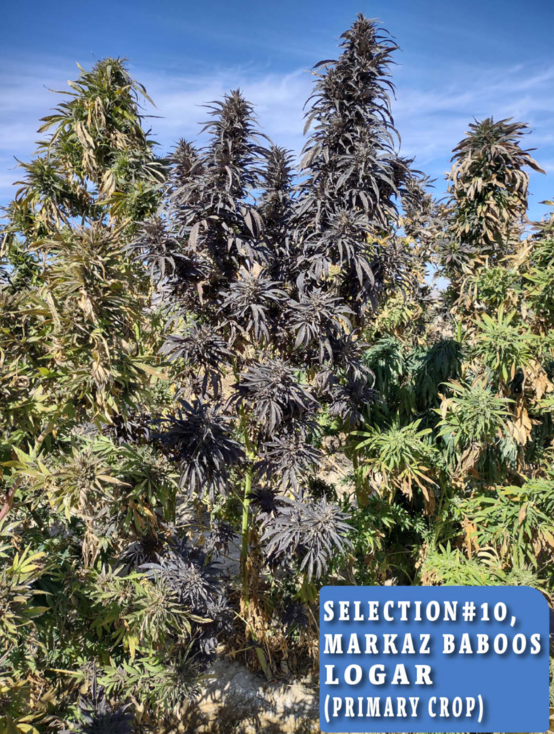
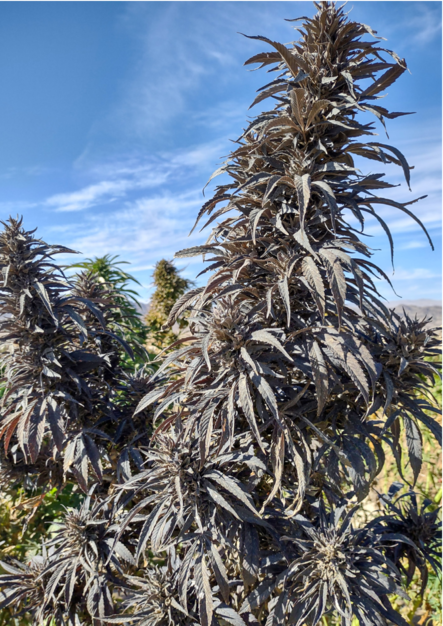
Apart from the obvious vigour and eye catching beauty, it was the smell coming off of this plant, which made us select it. The overall terpene profile can be understood as an extremely strong odour filling up the surroundings, consisting of sharp notes of diesel and industrial floor cleaner like chemical smells.
